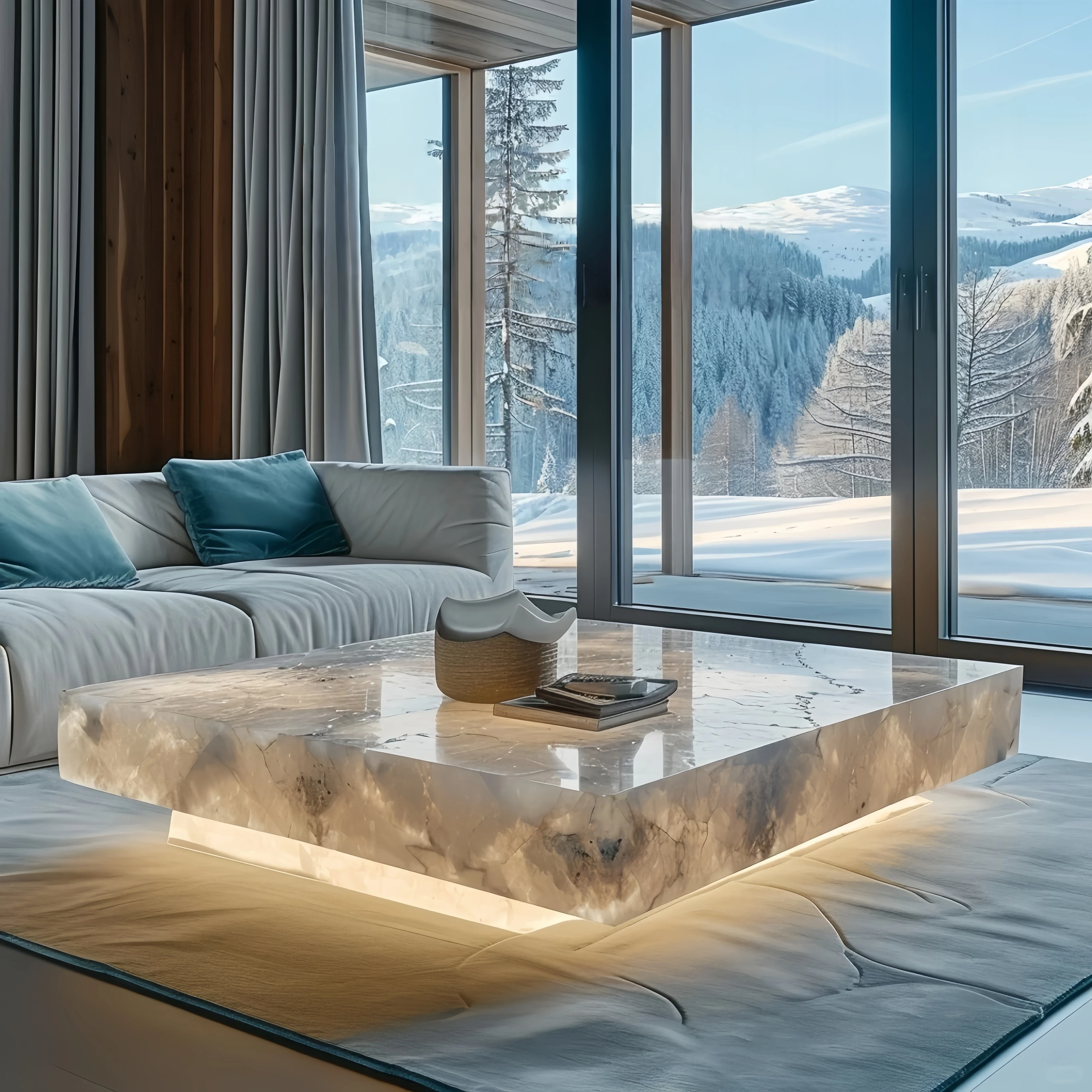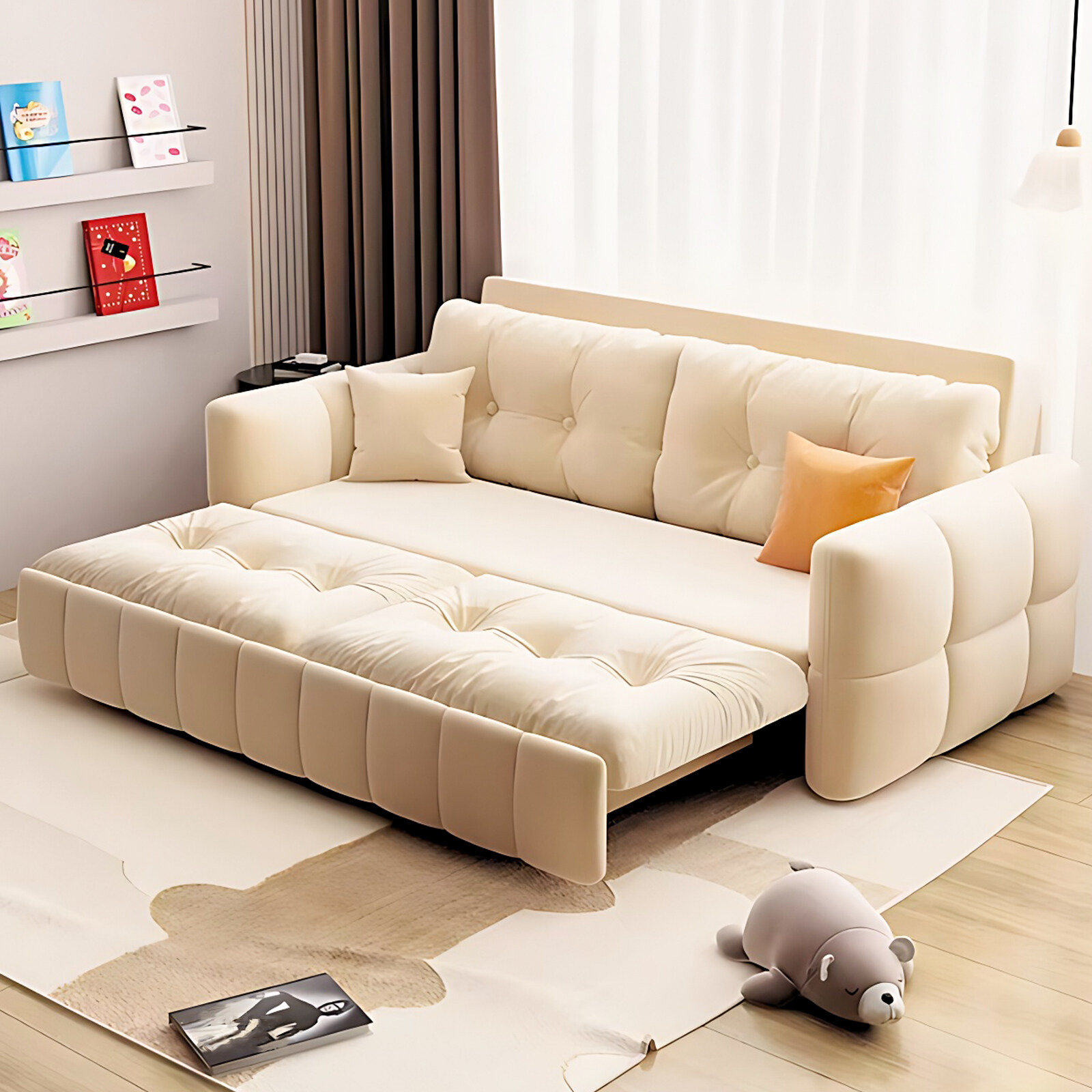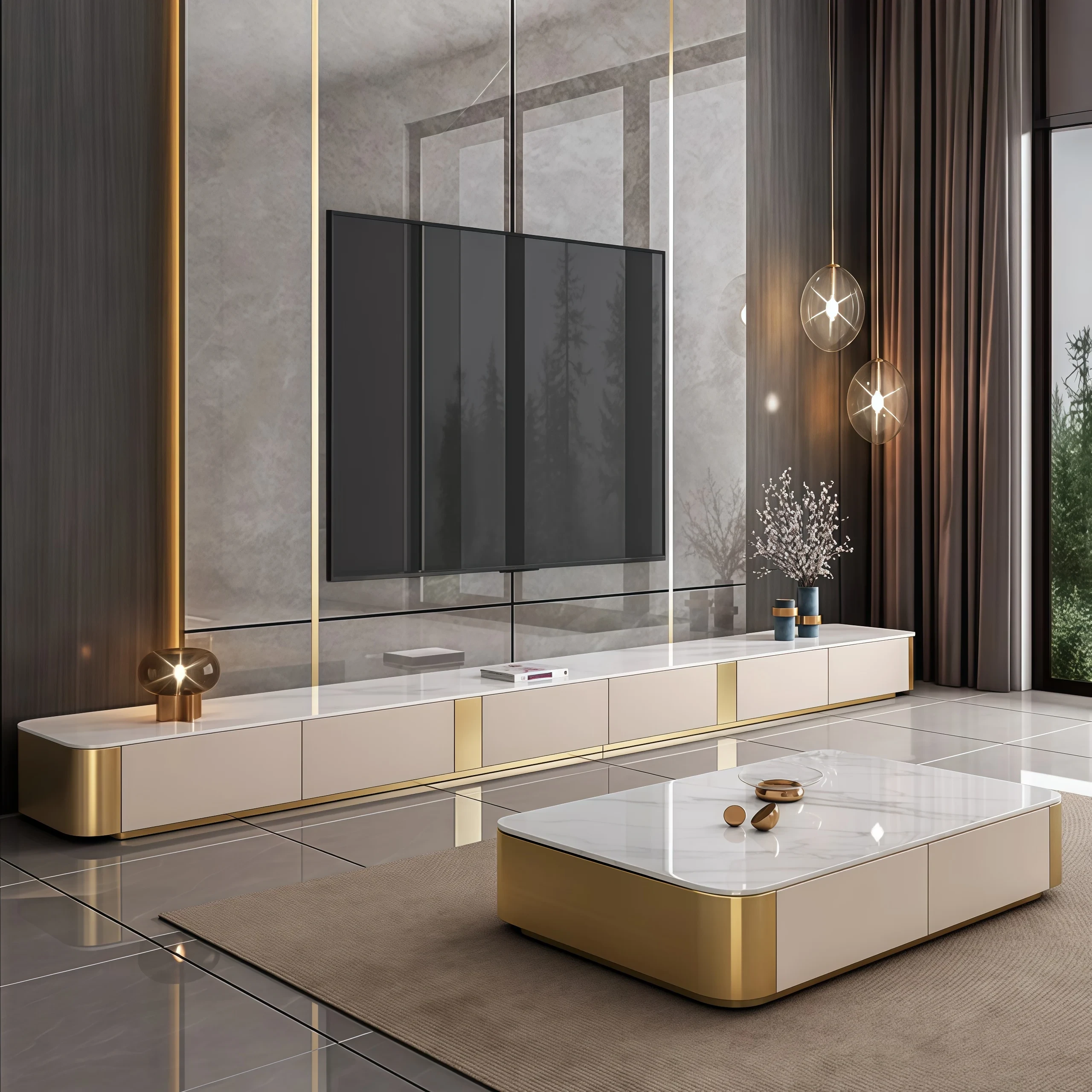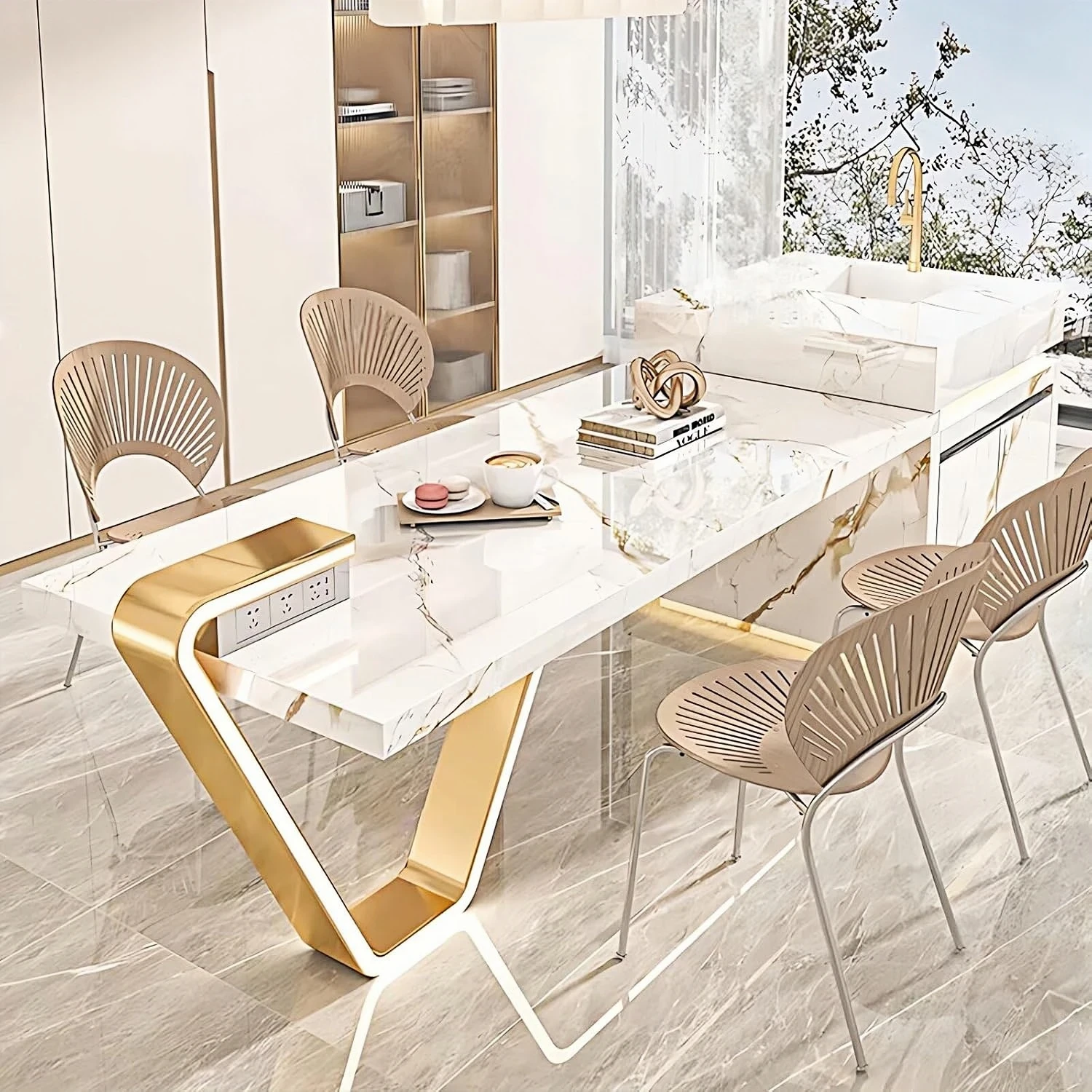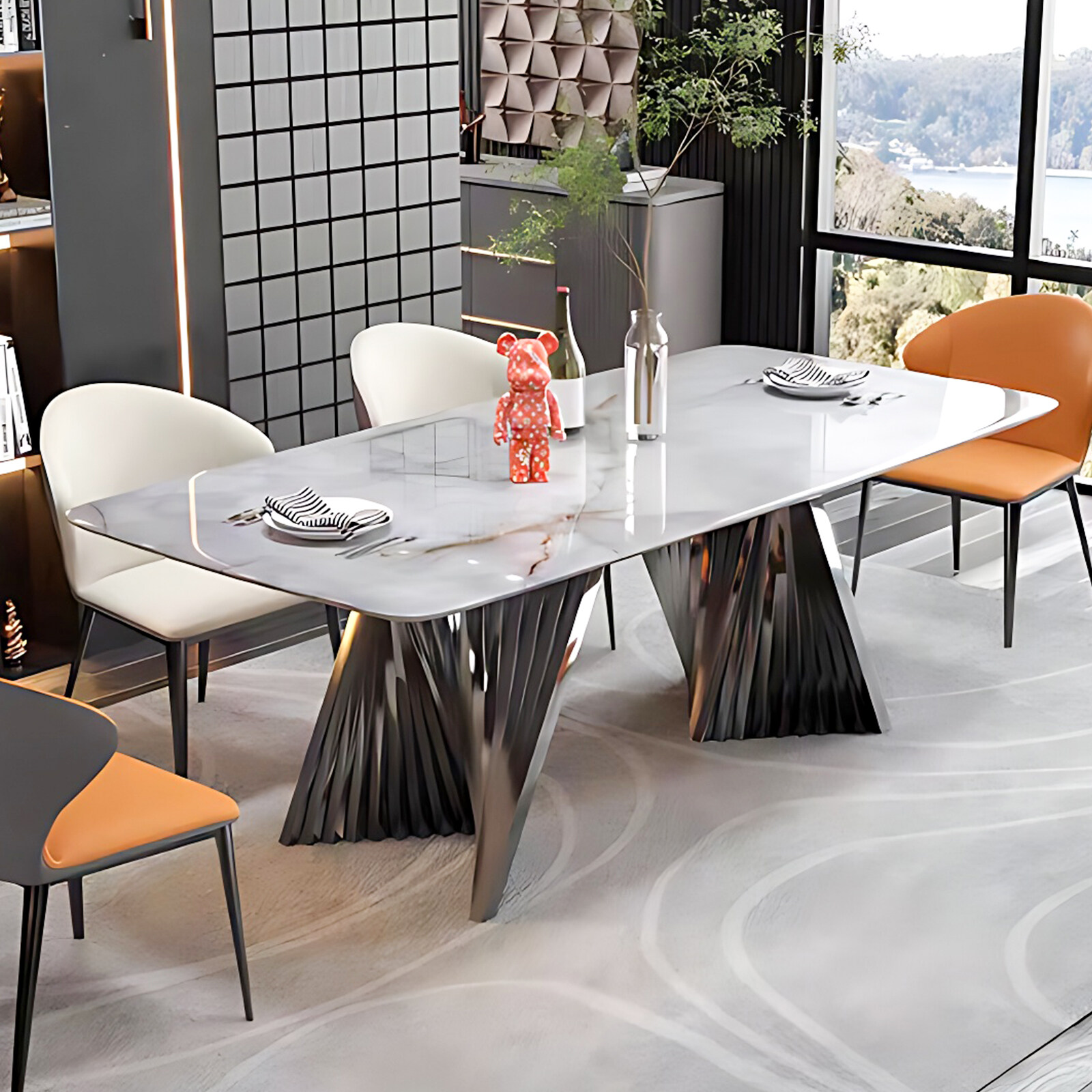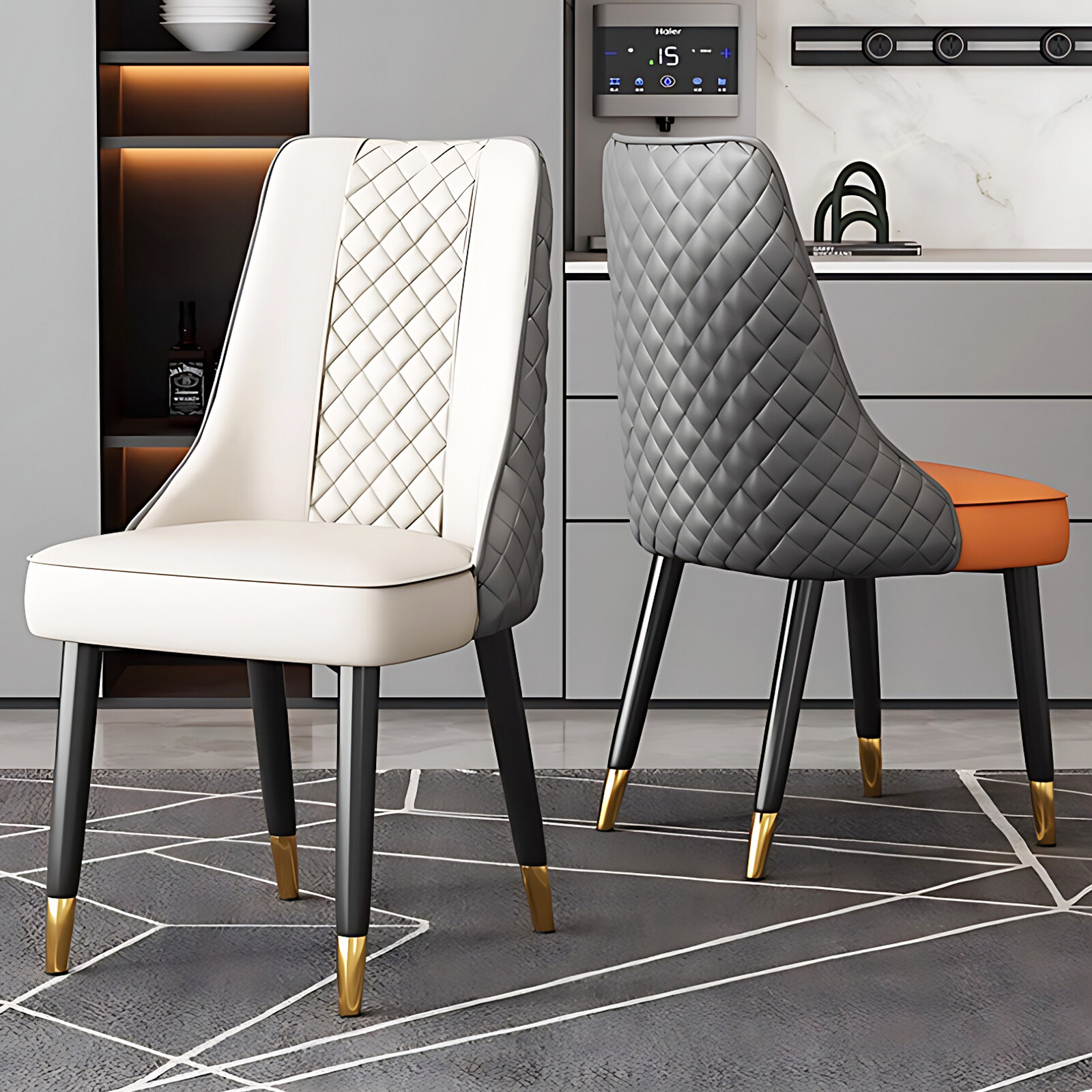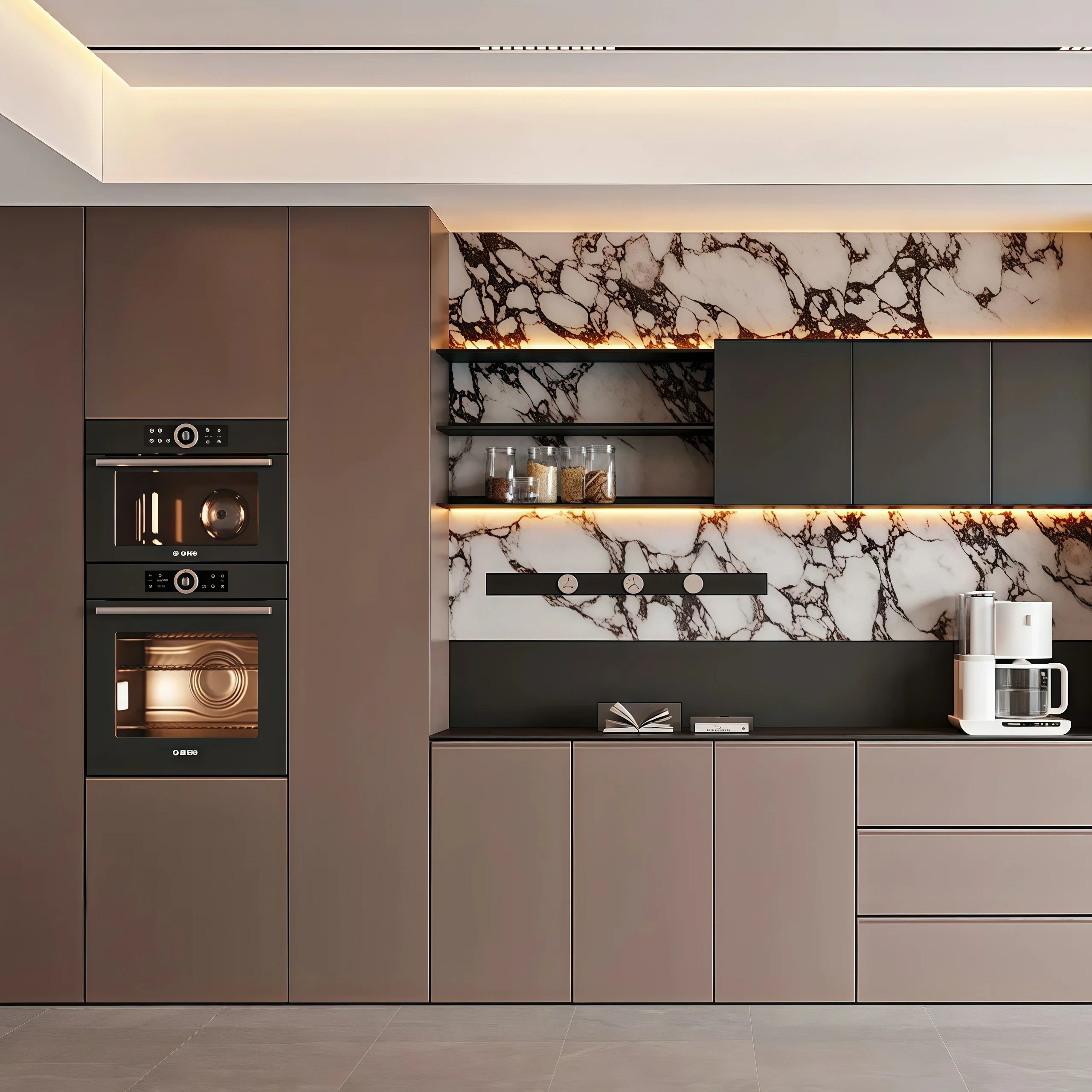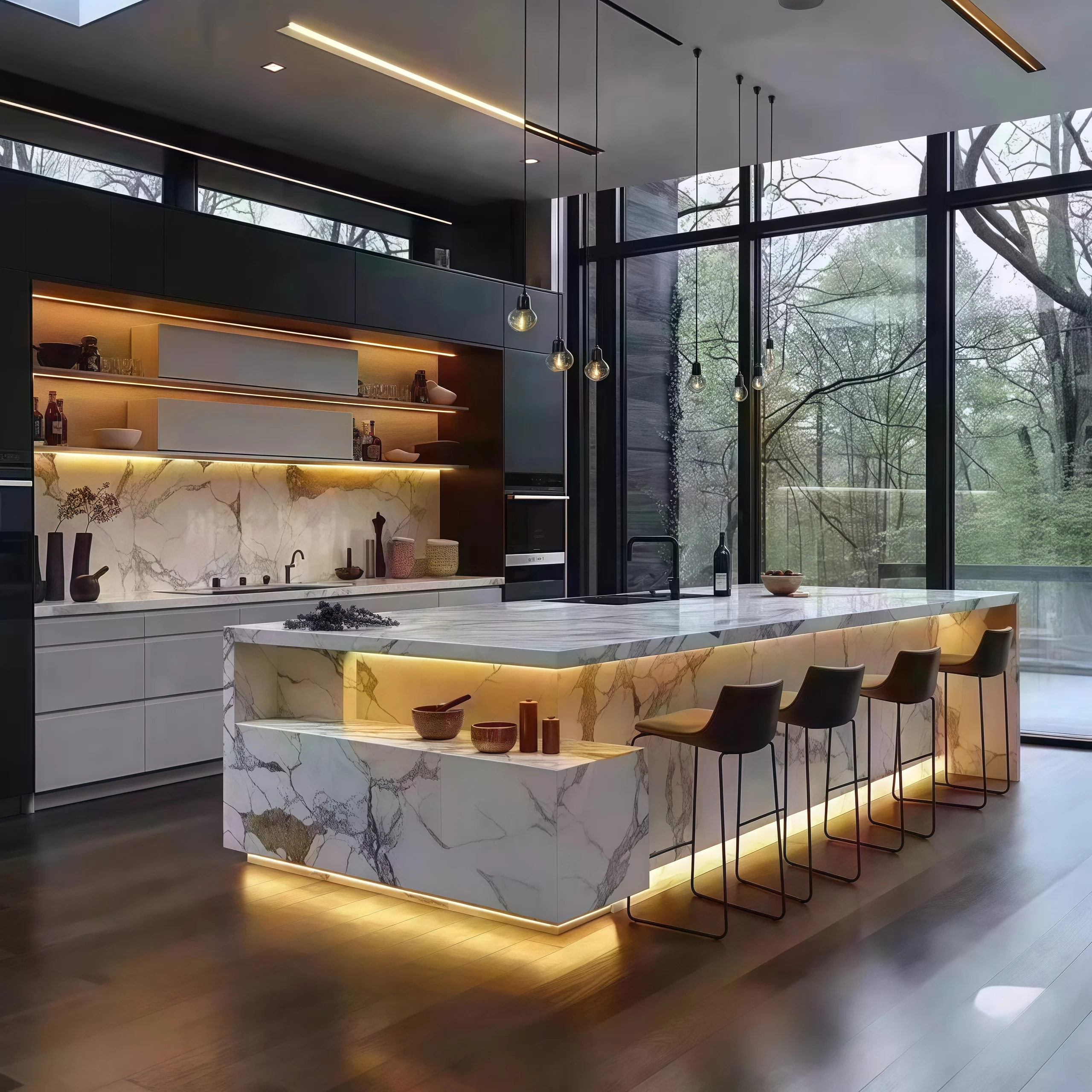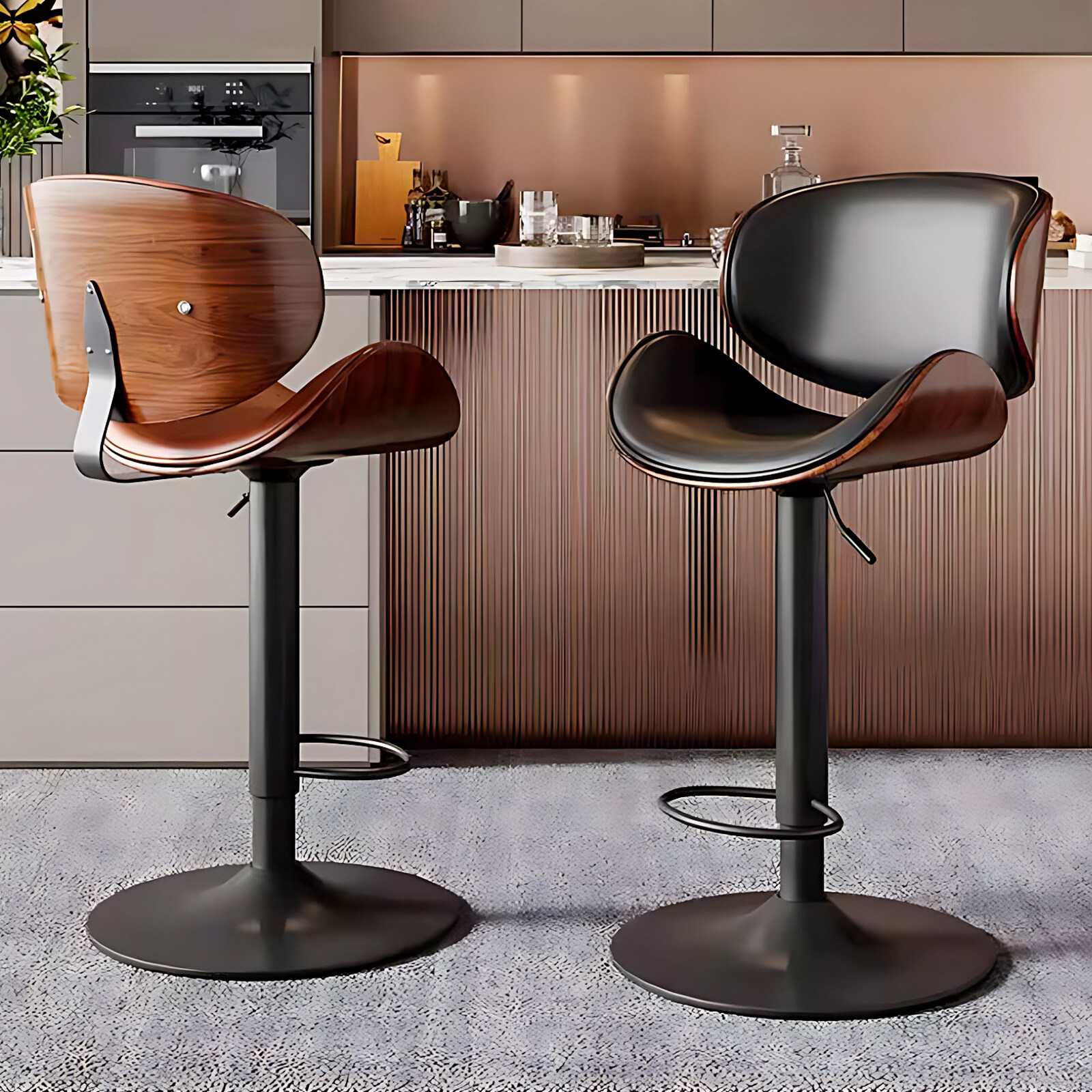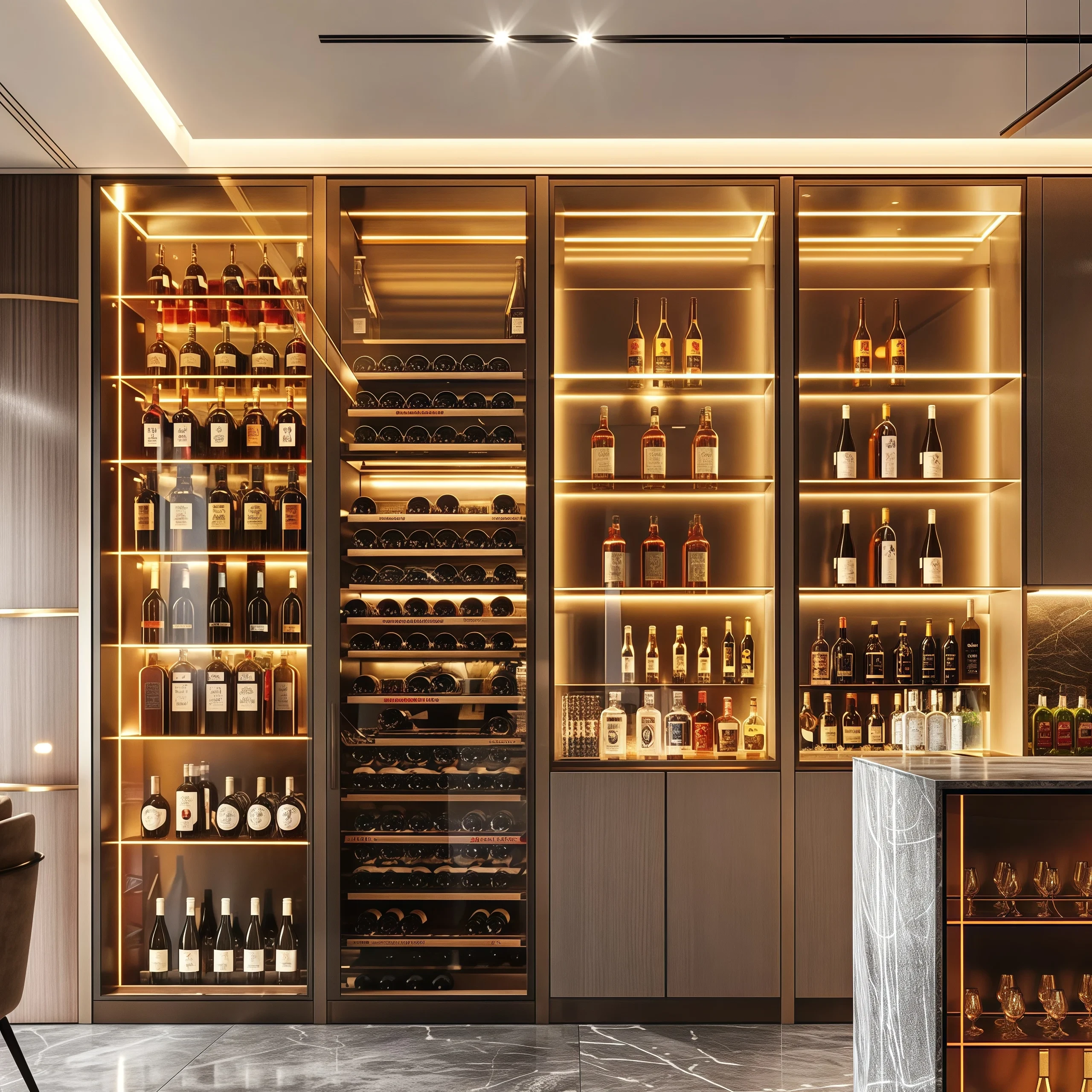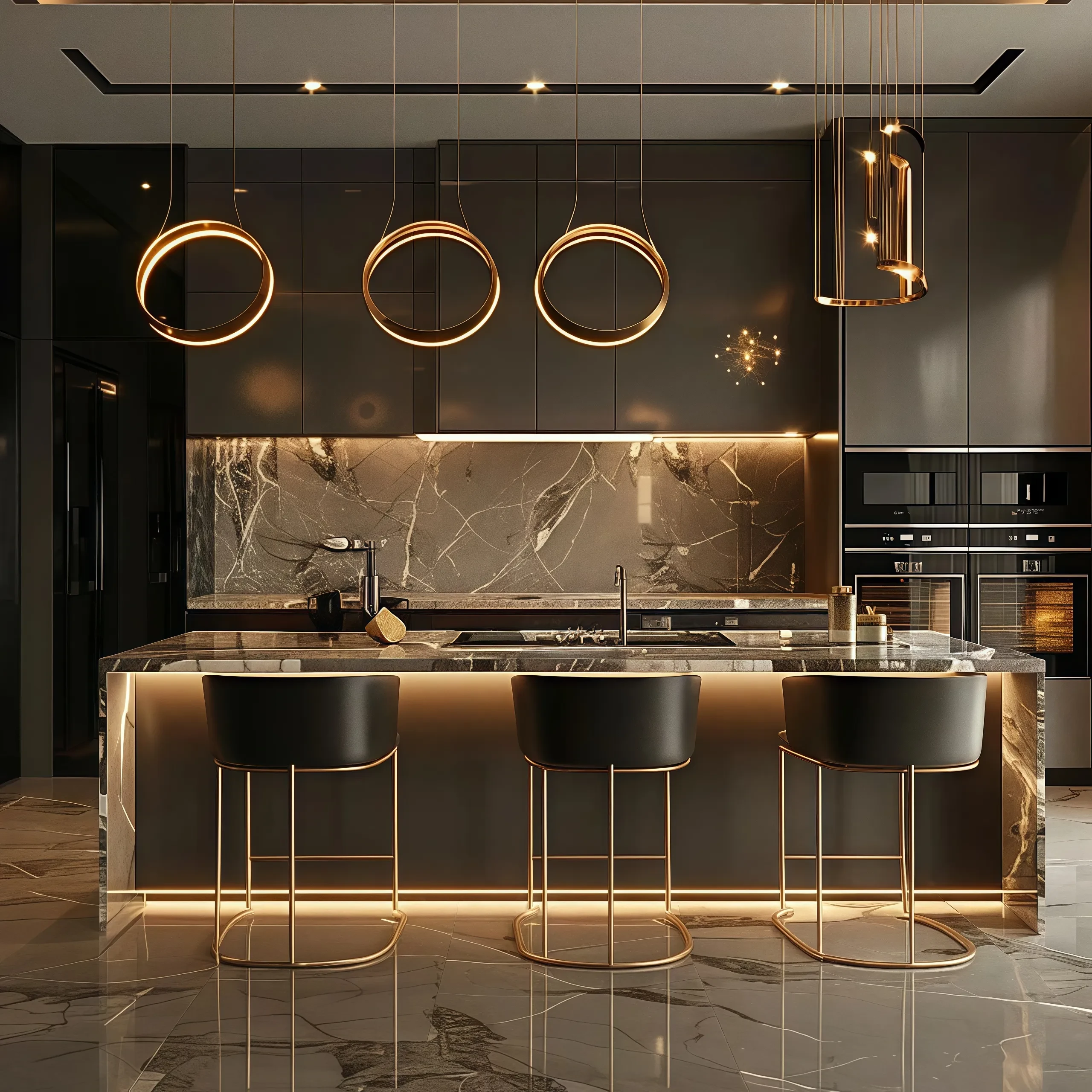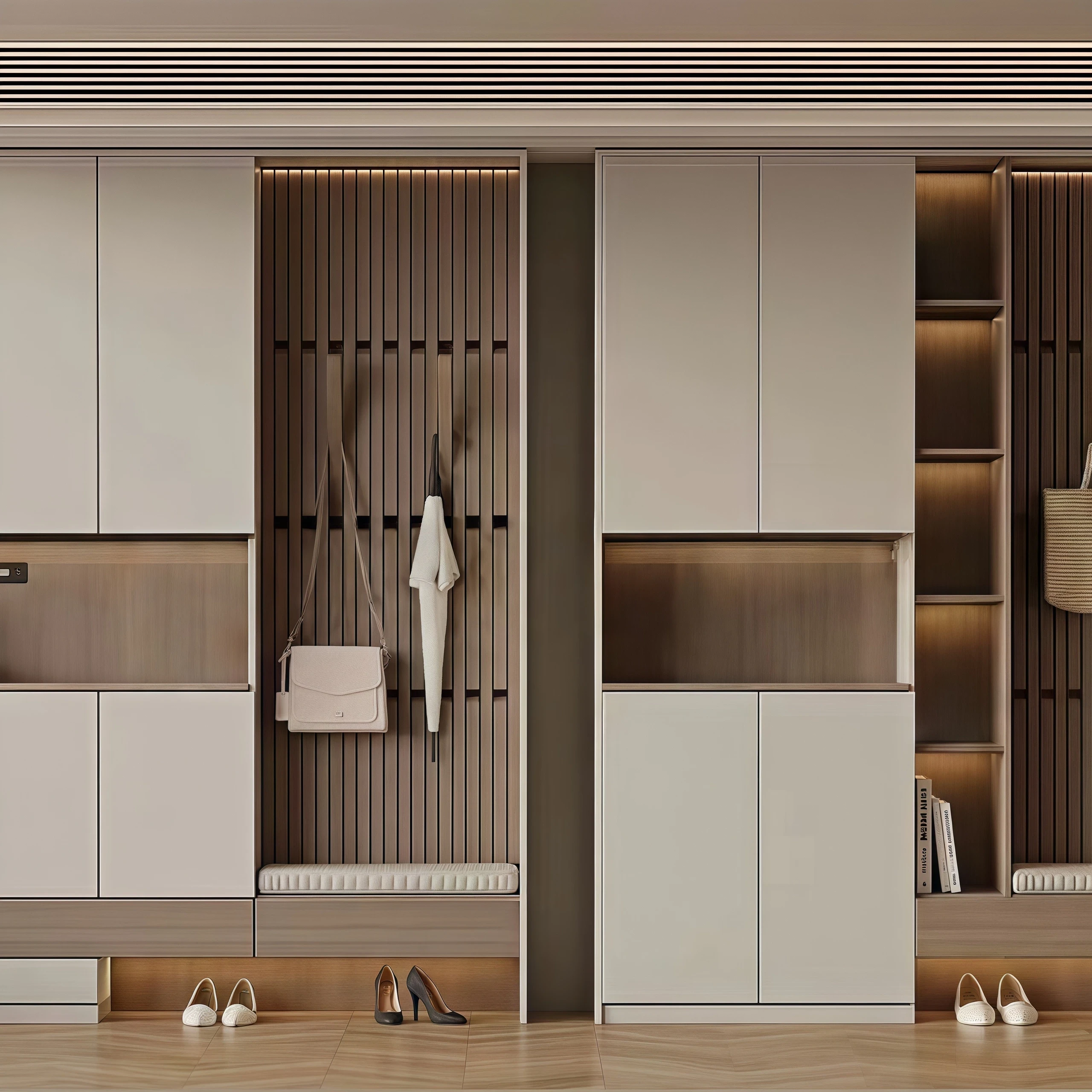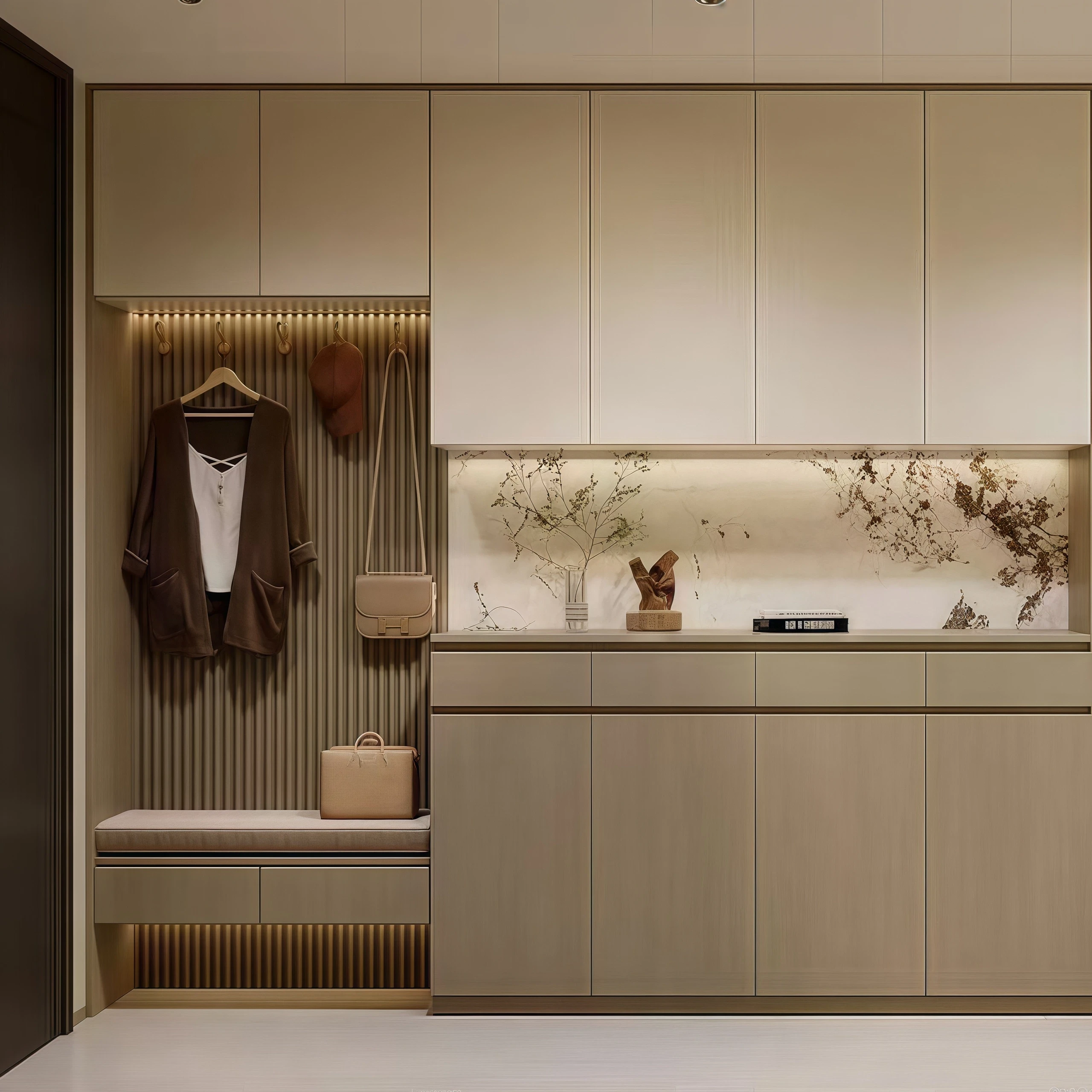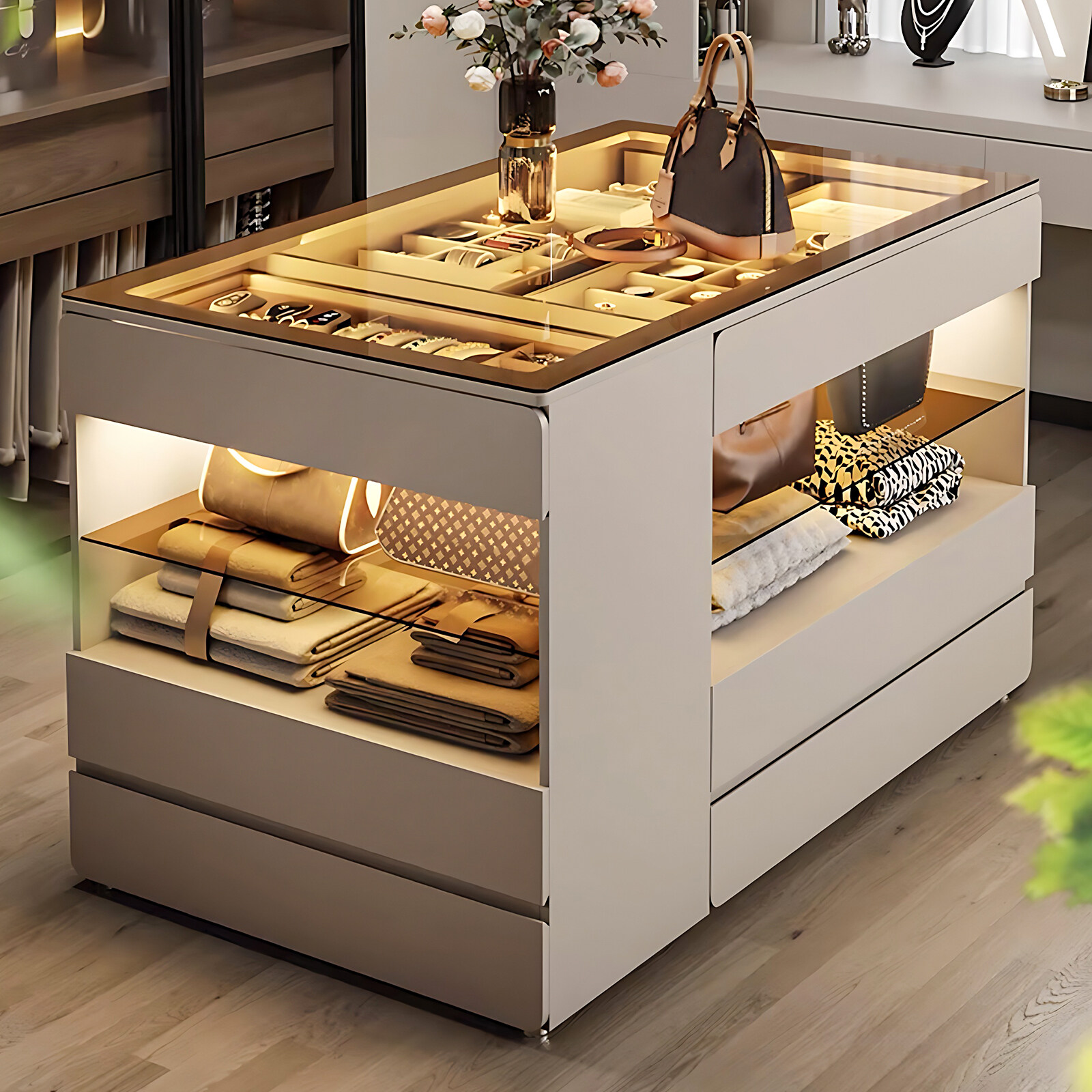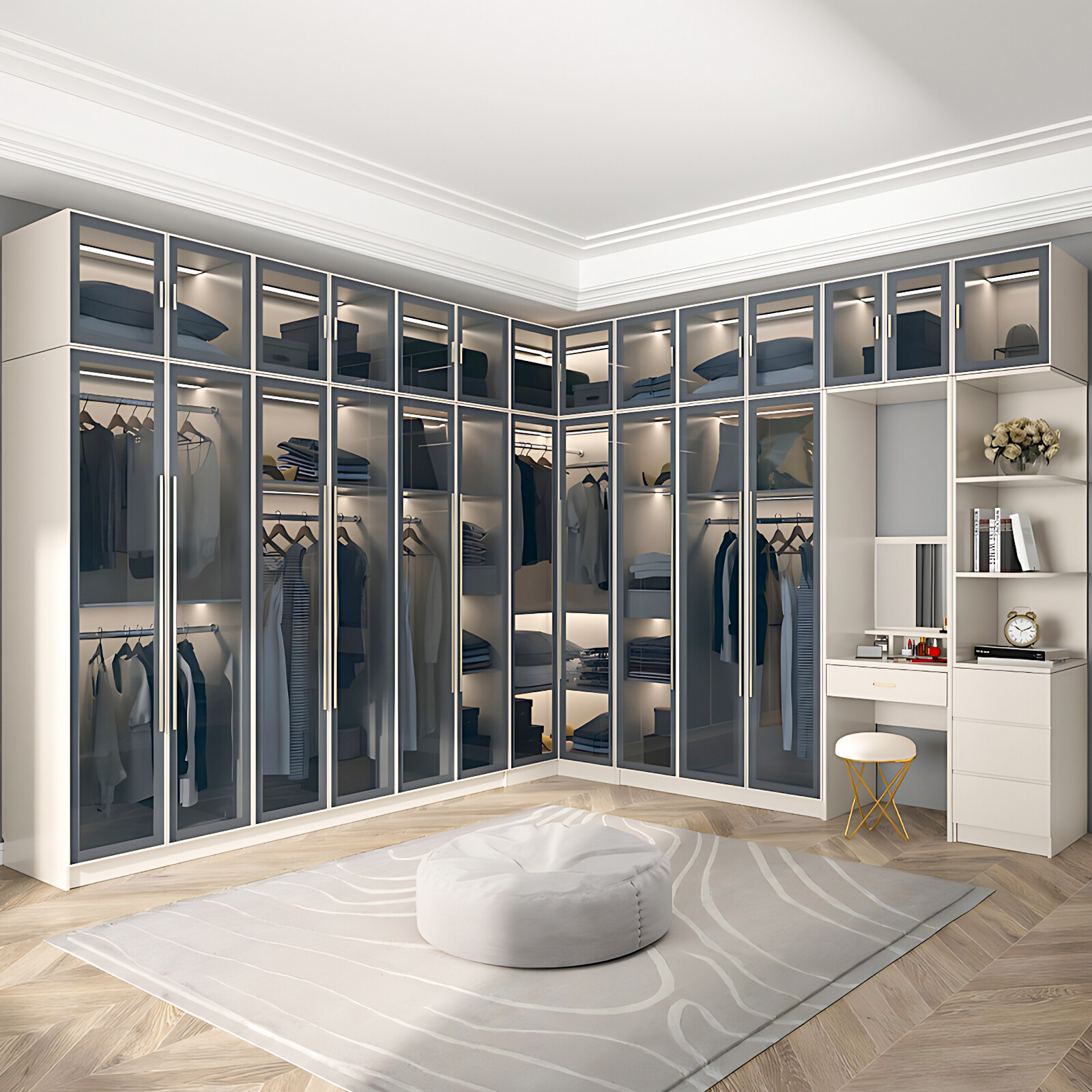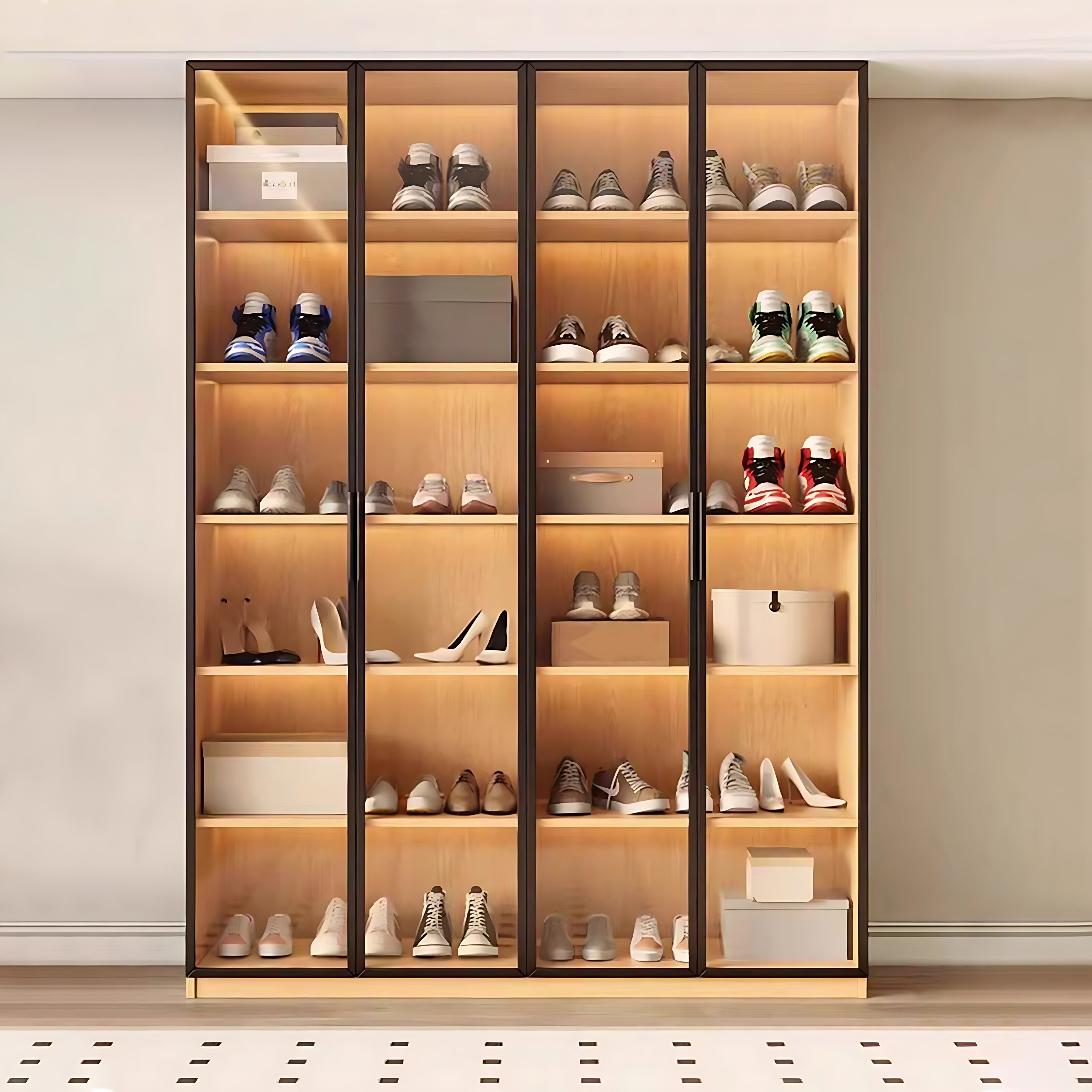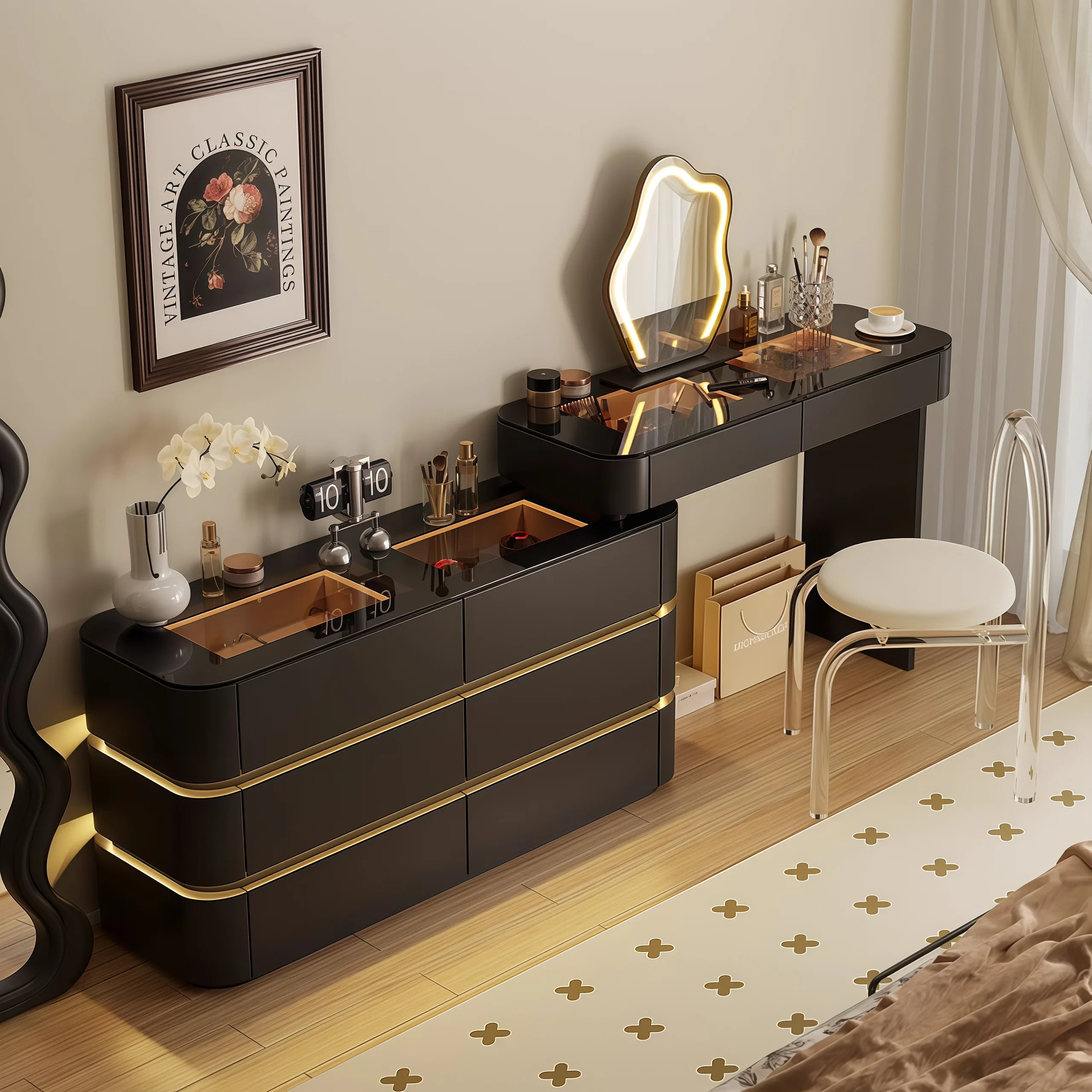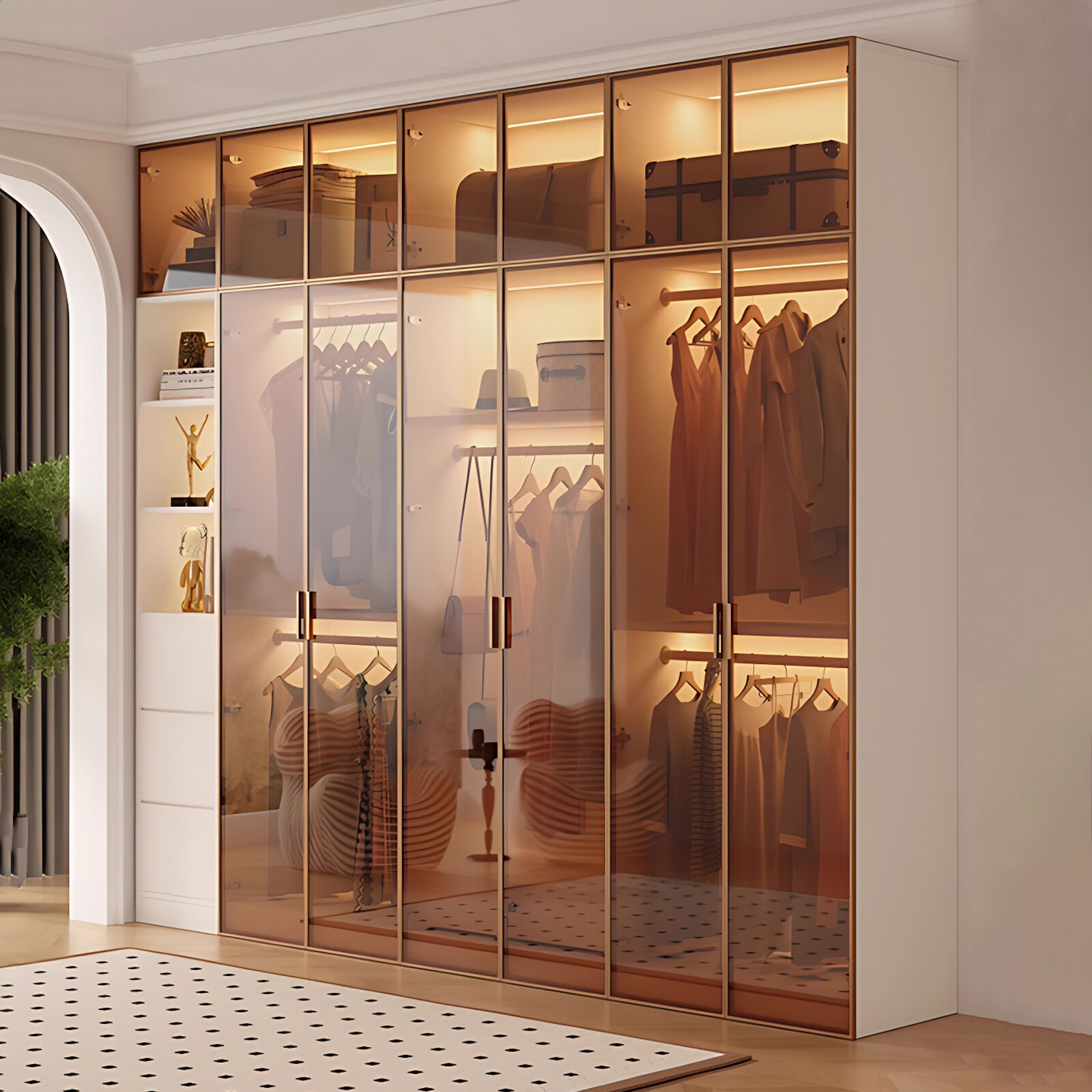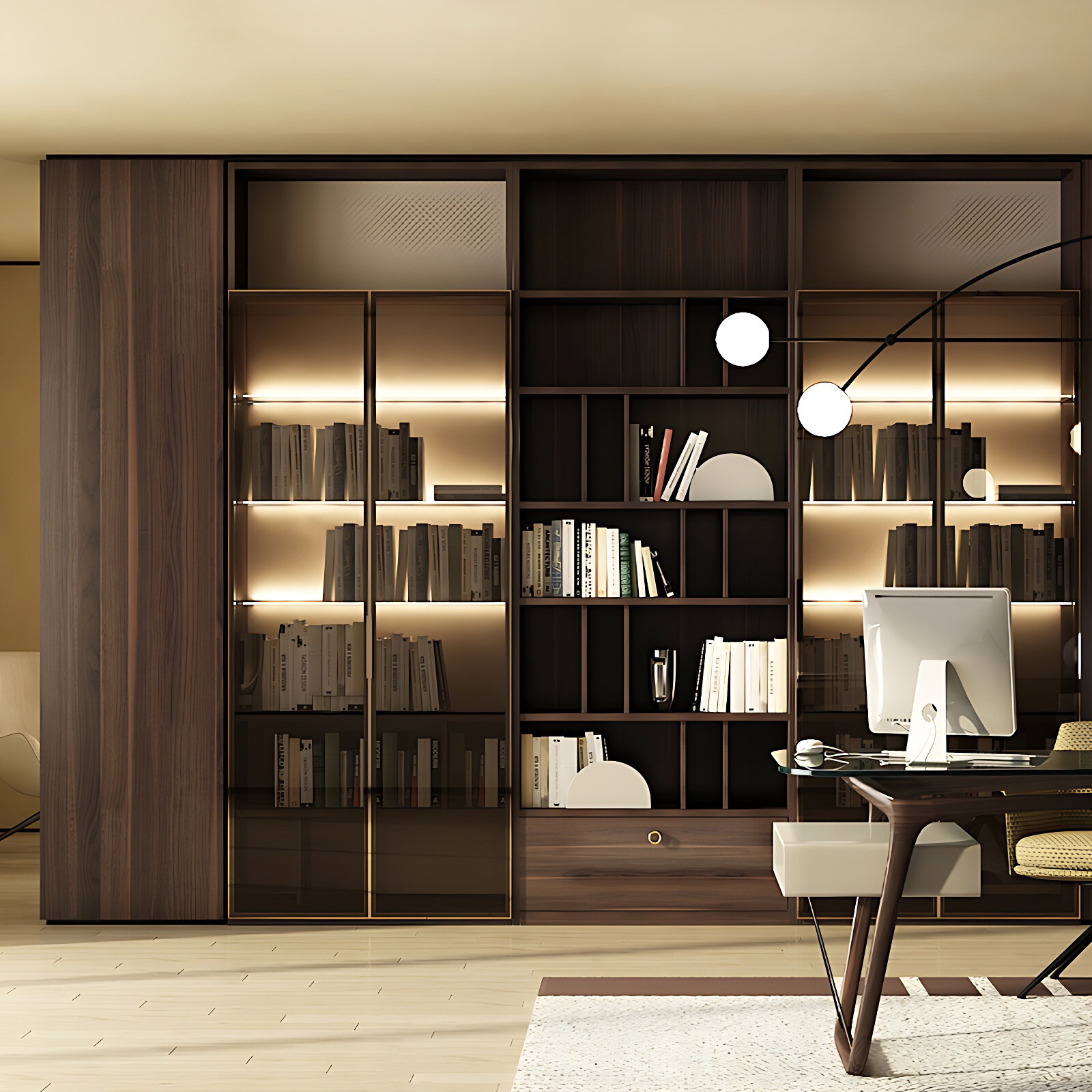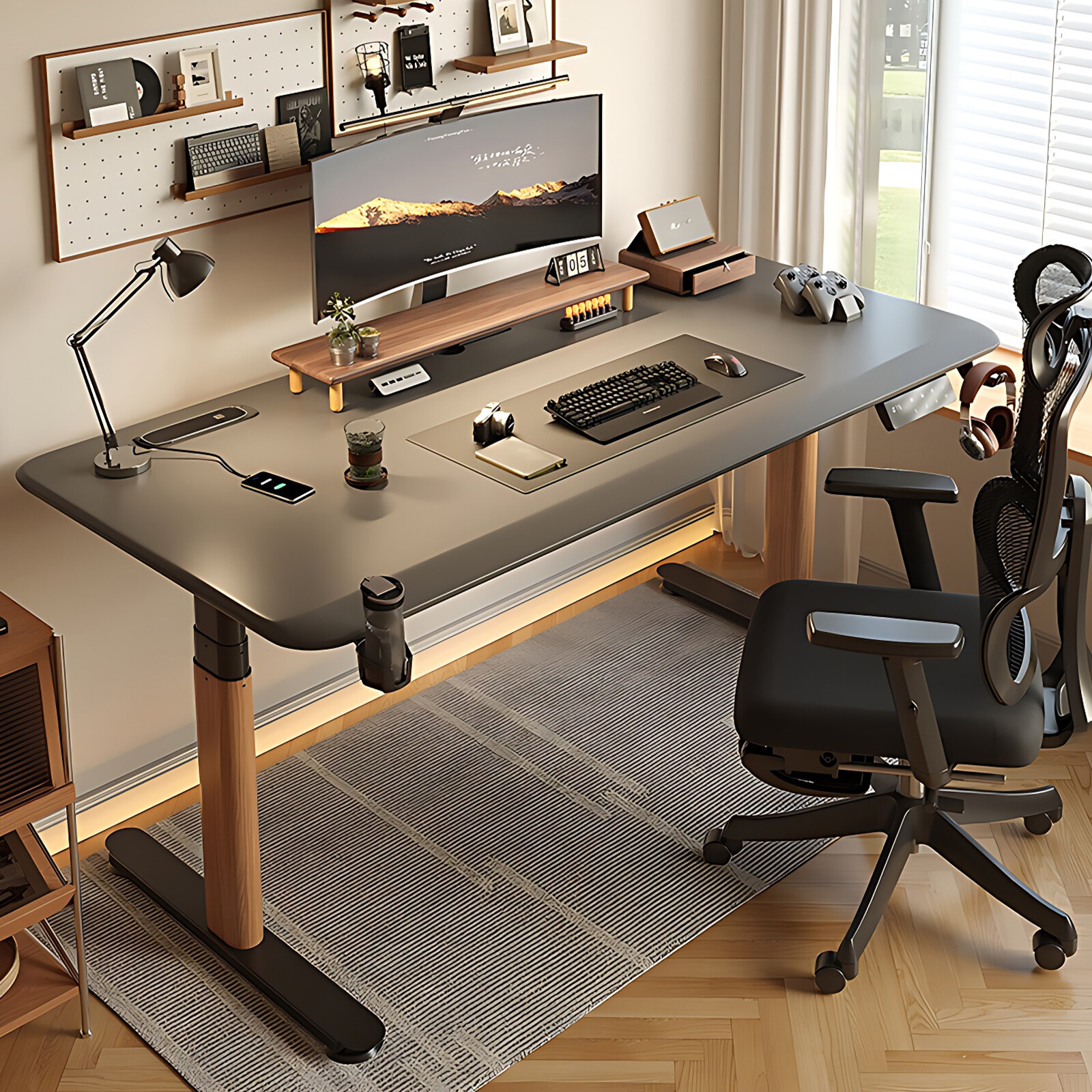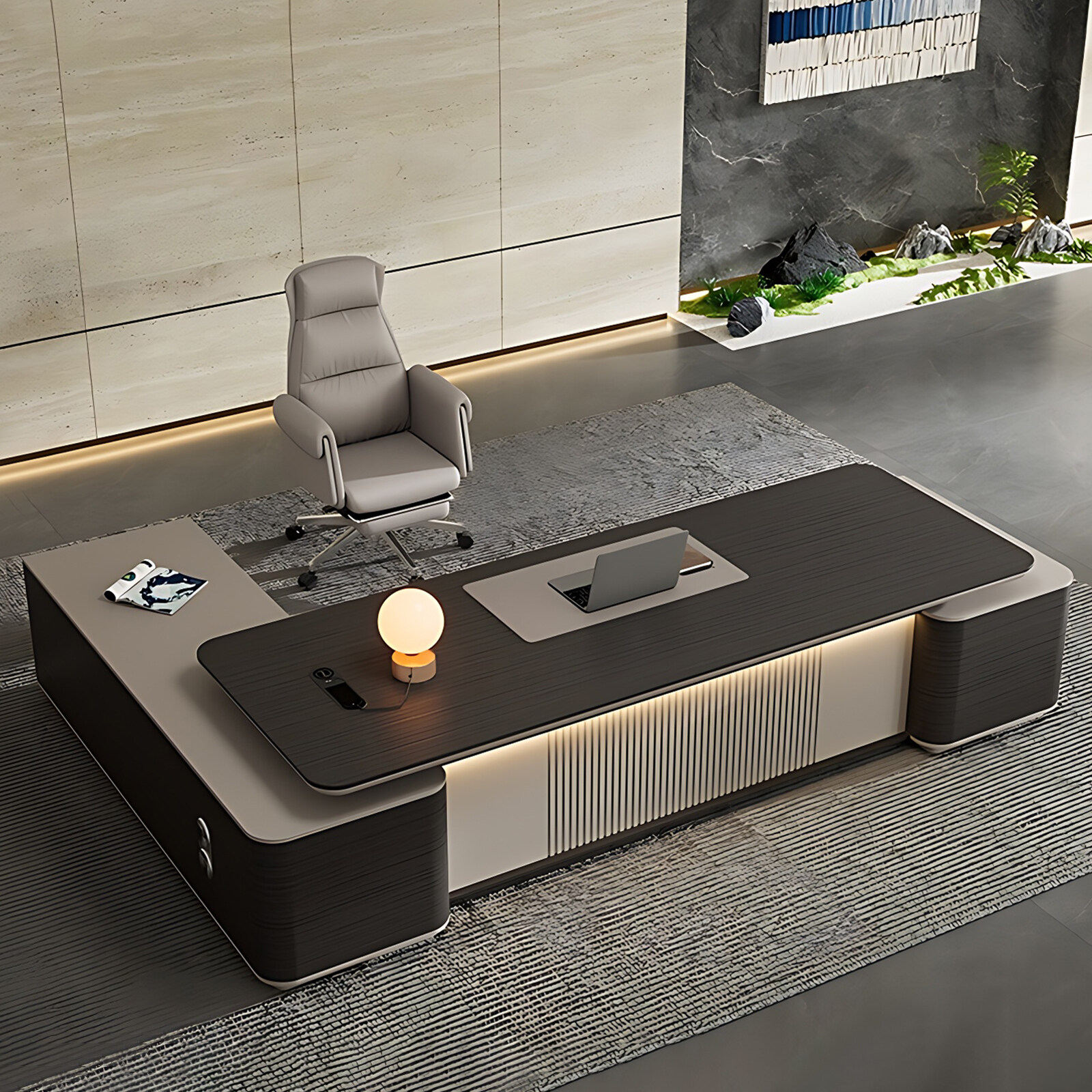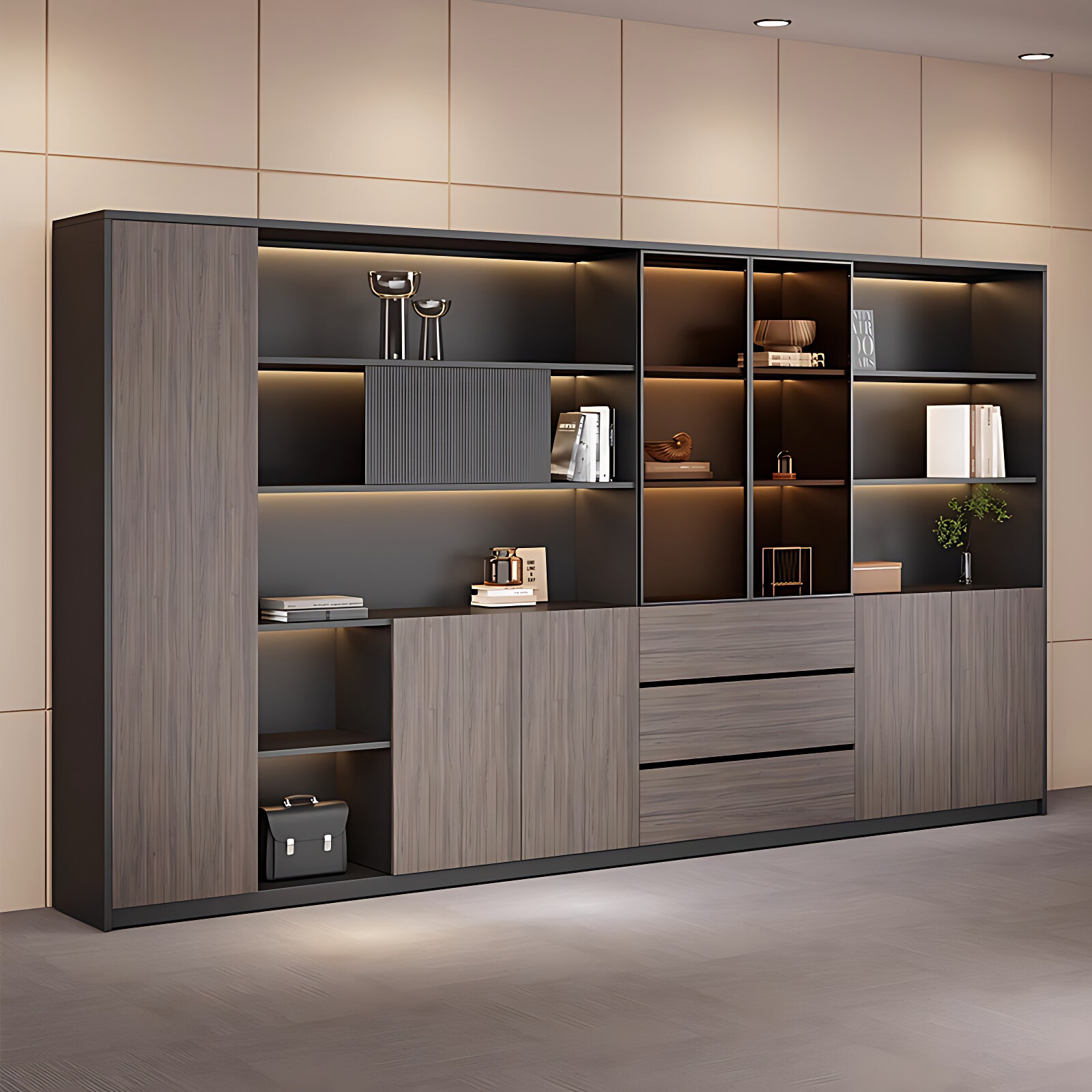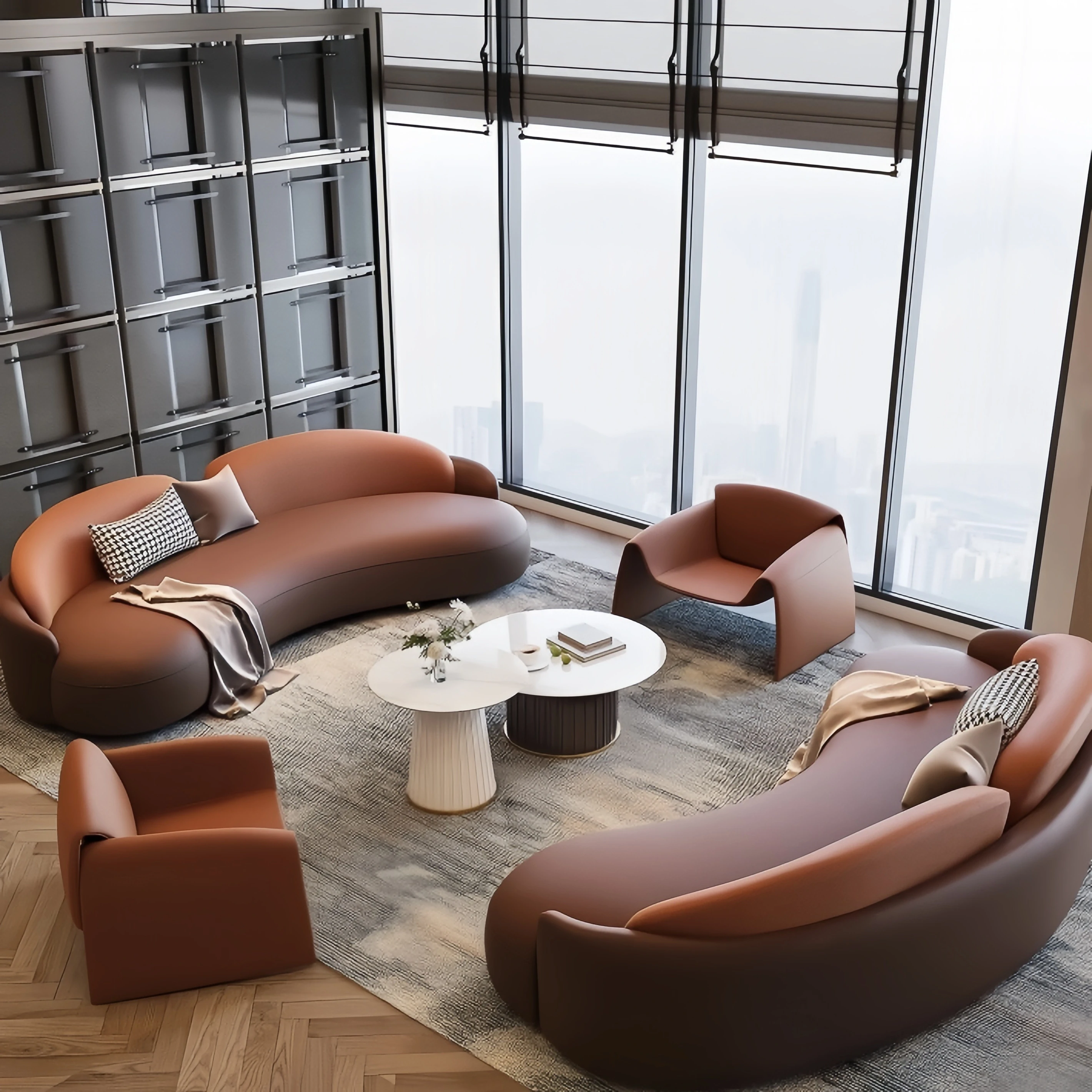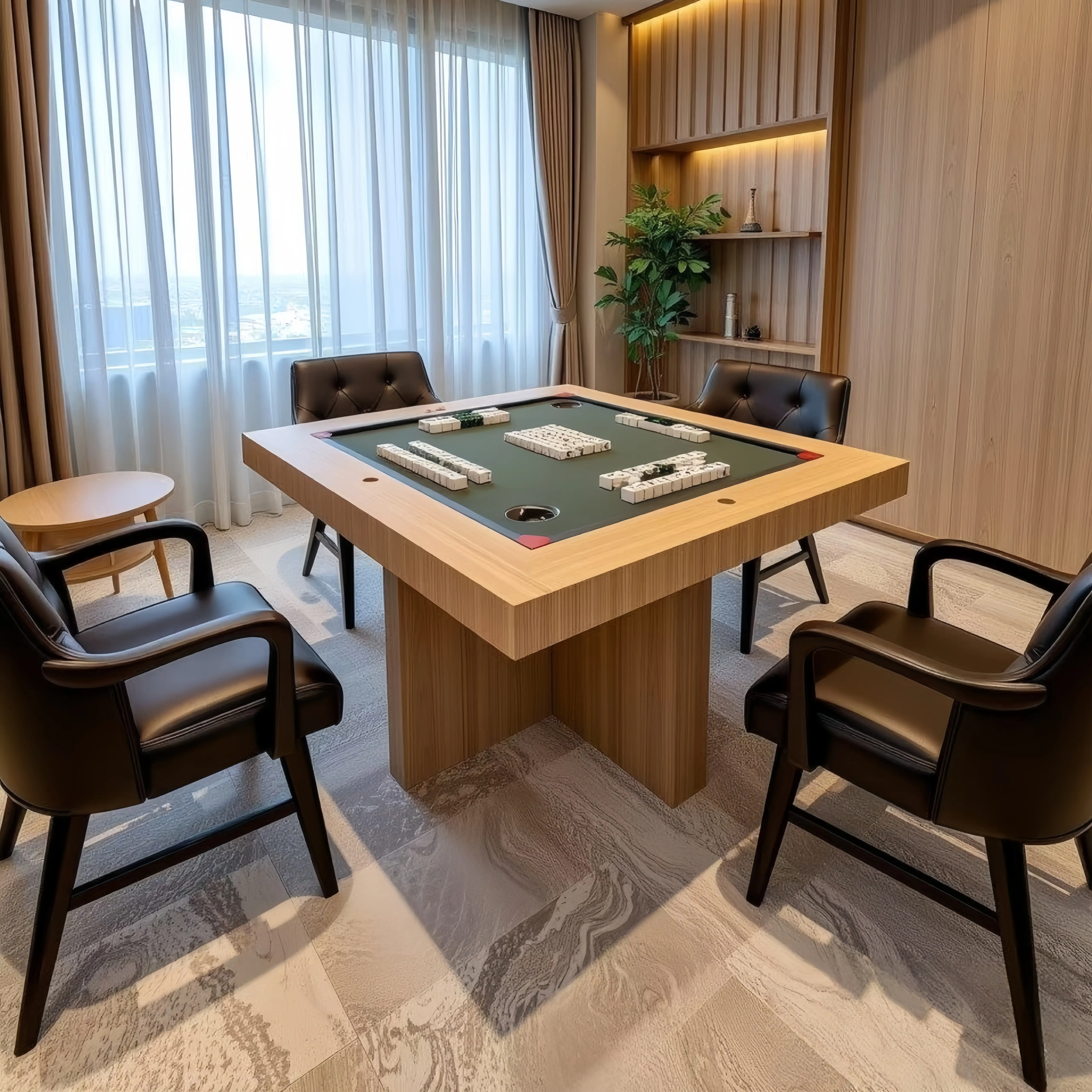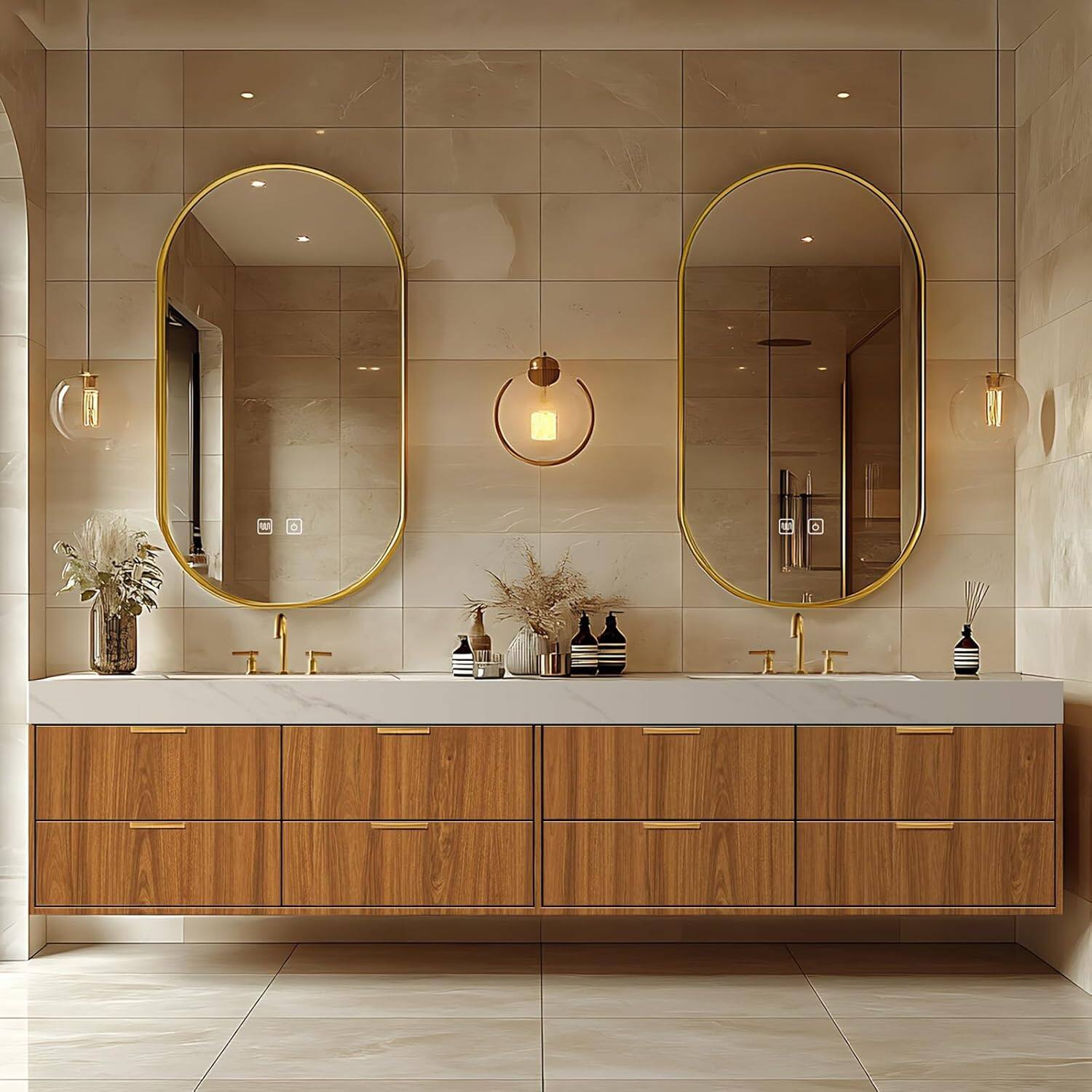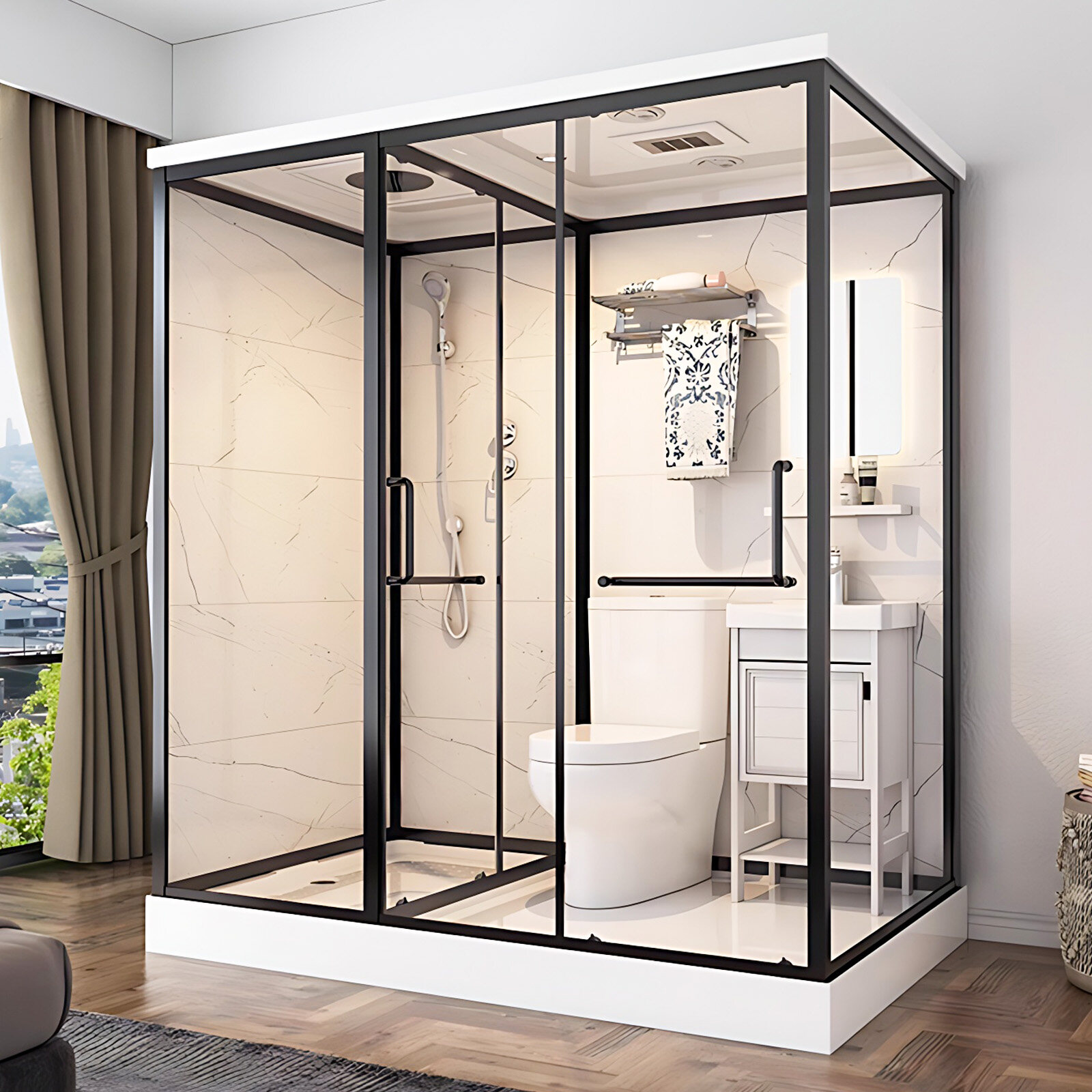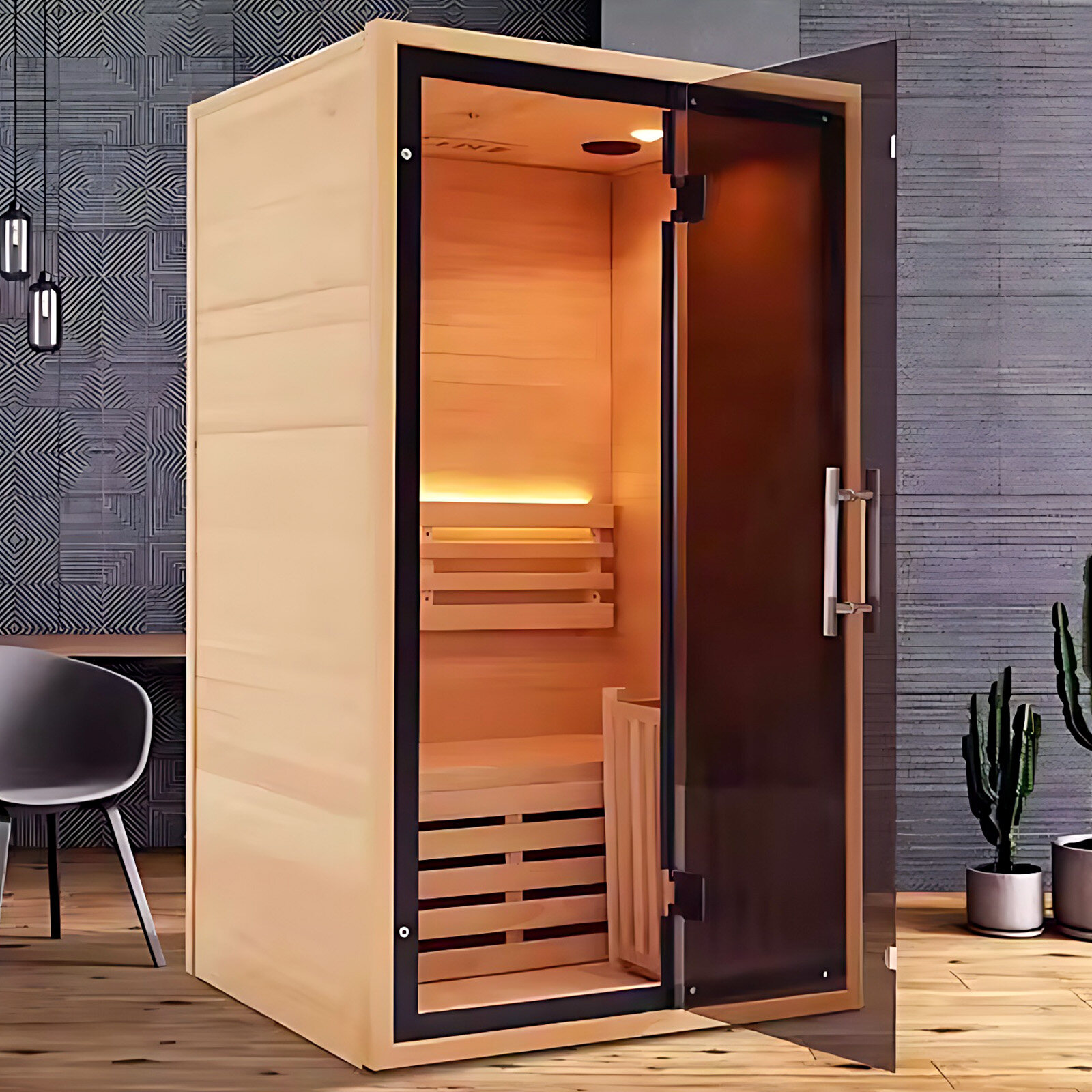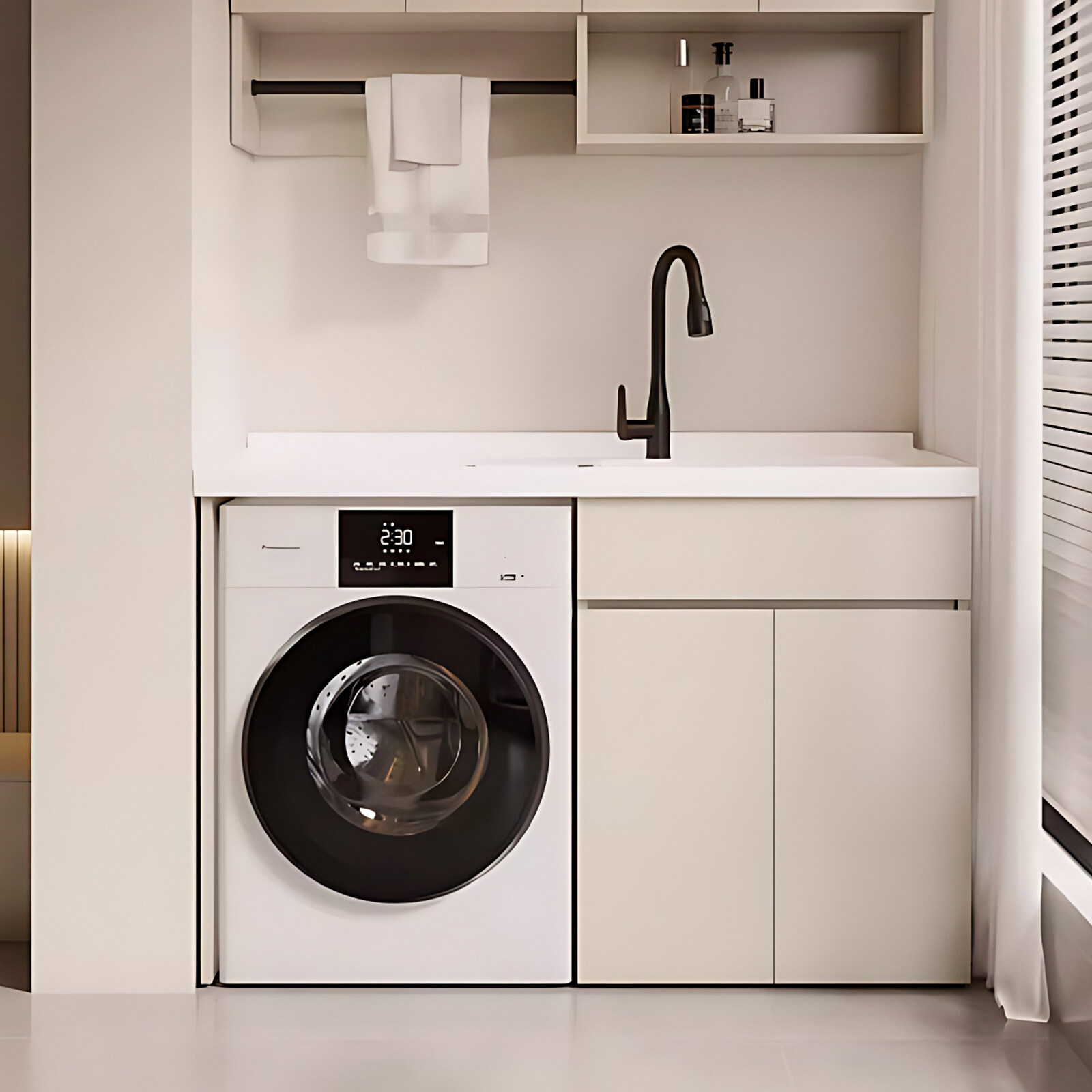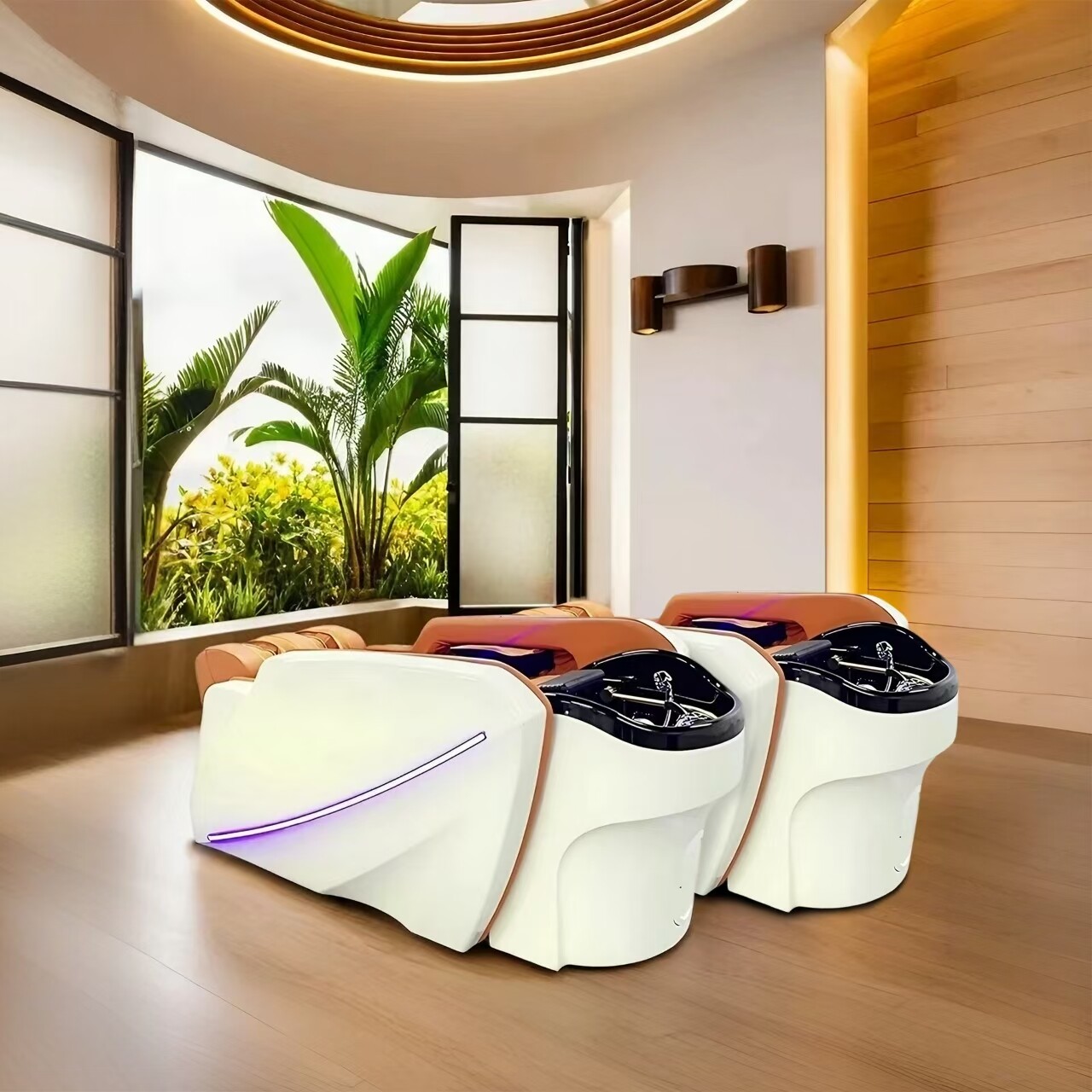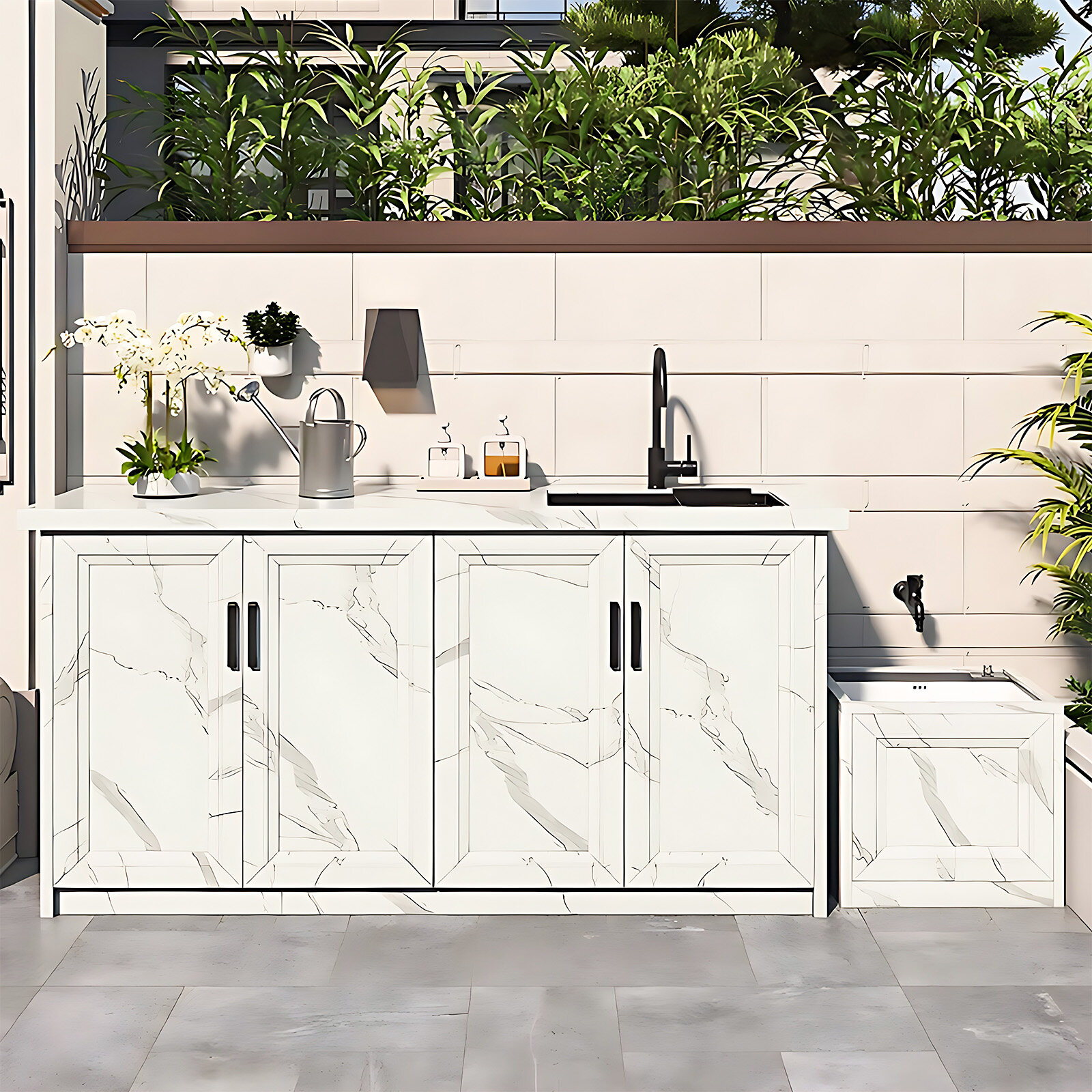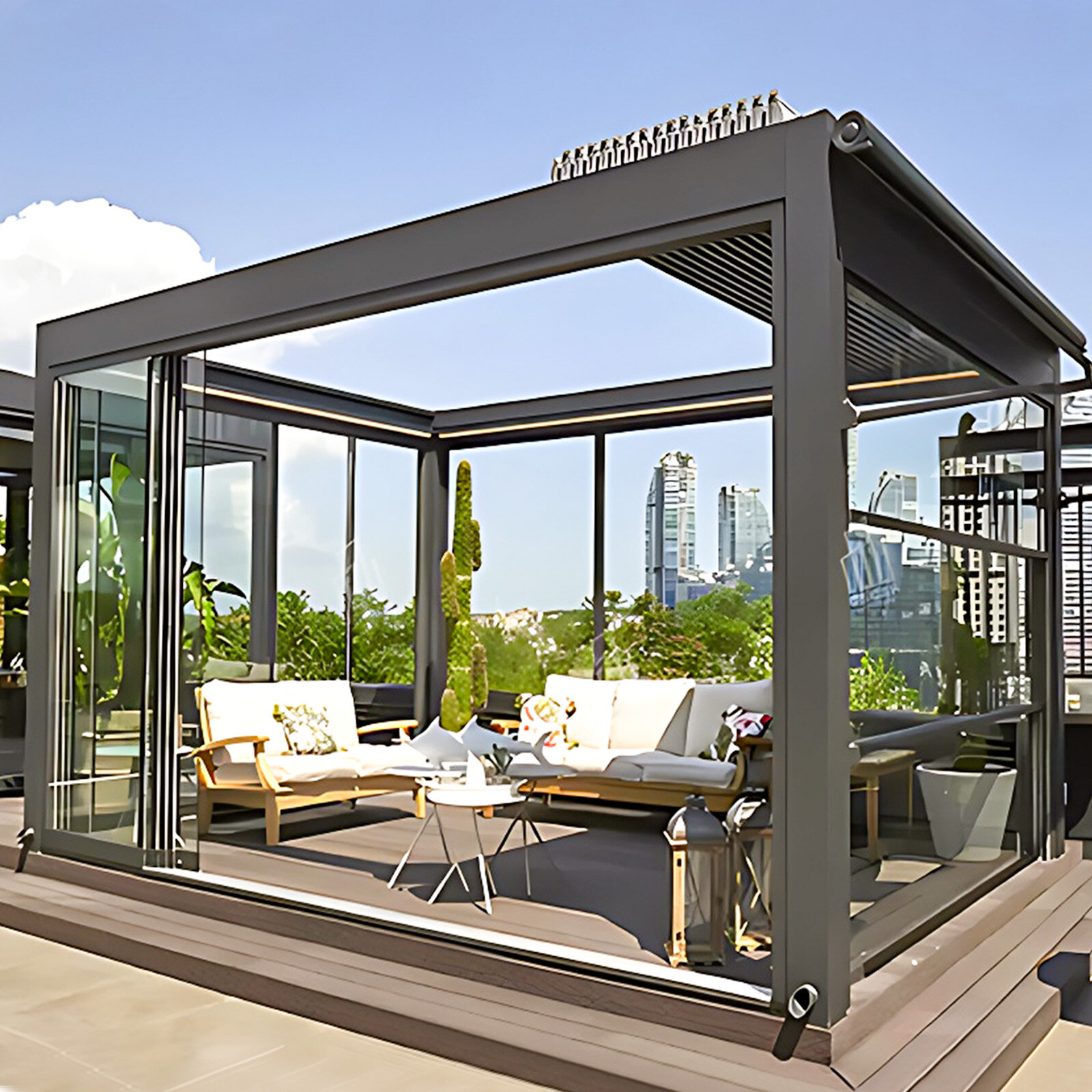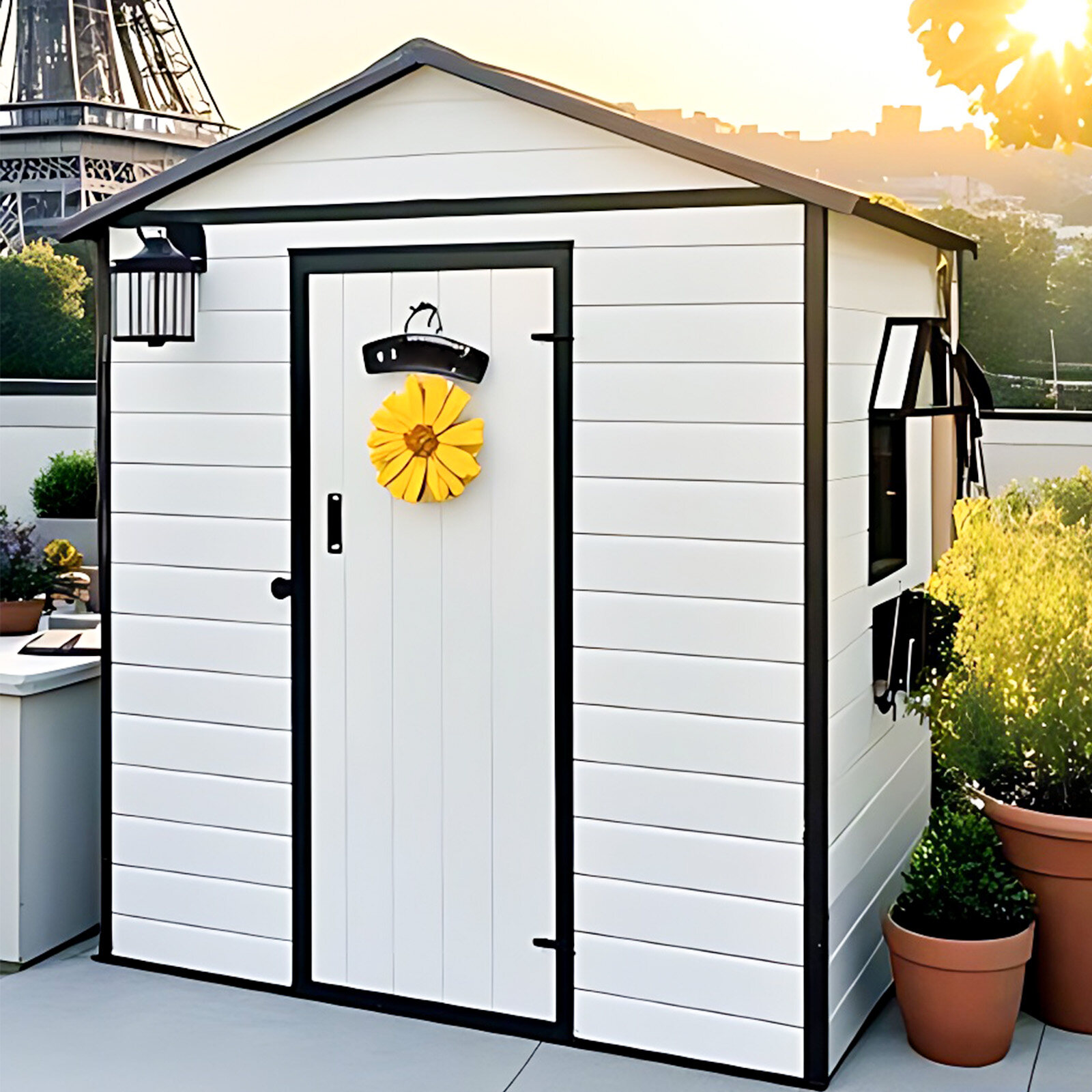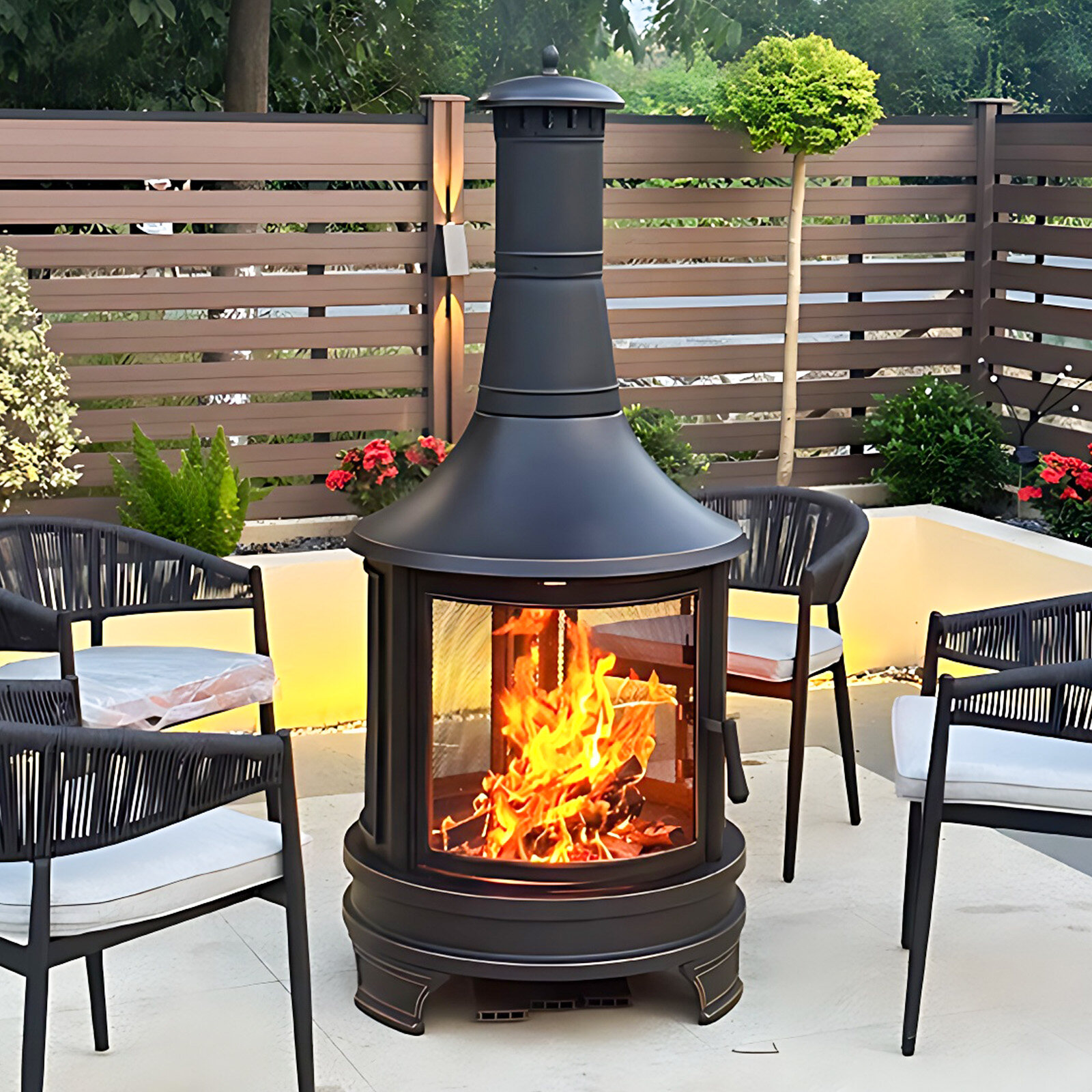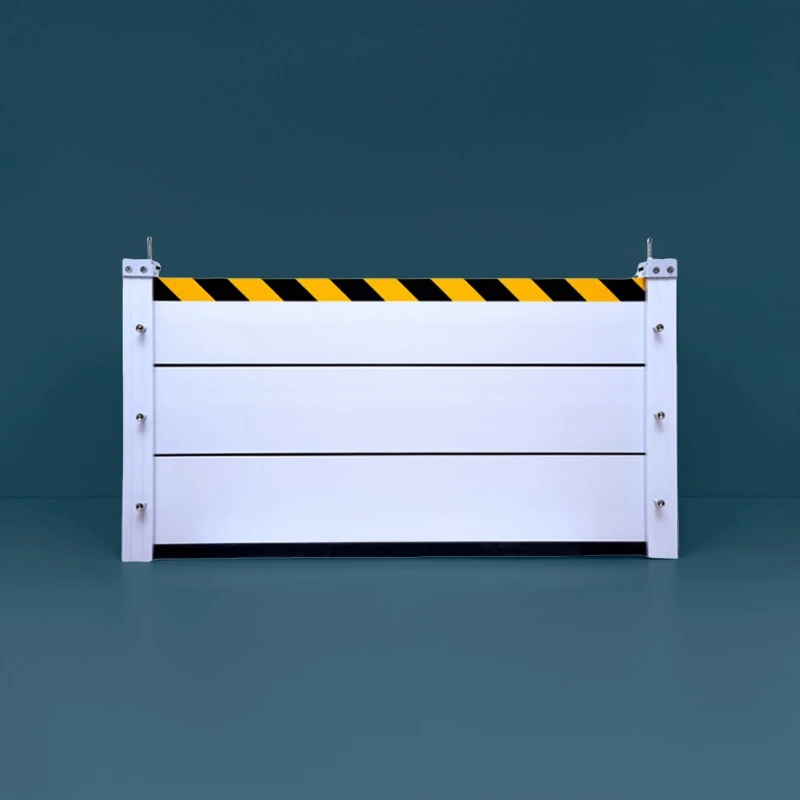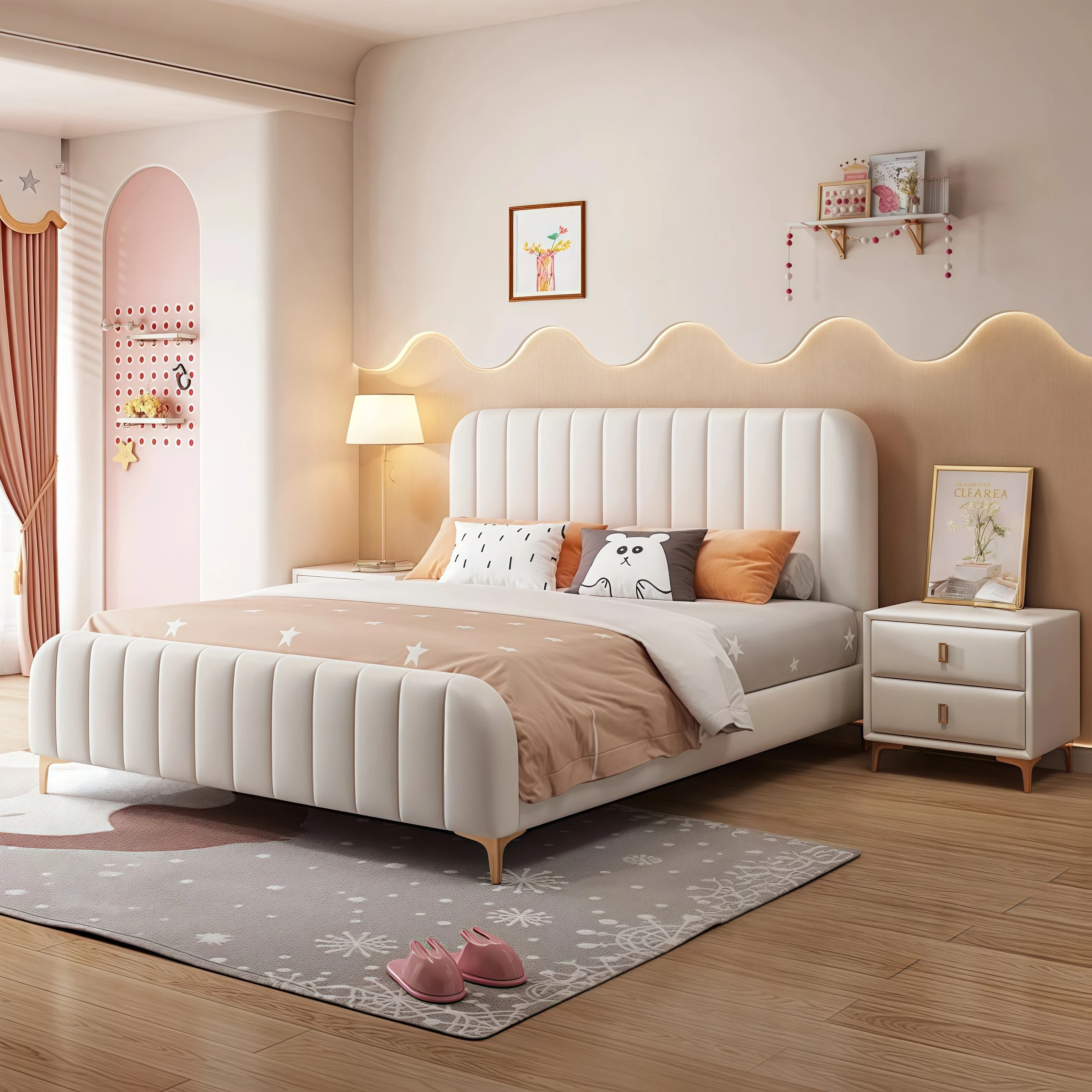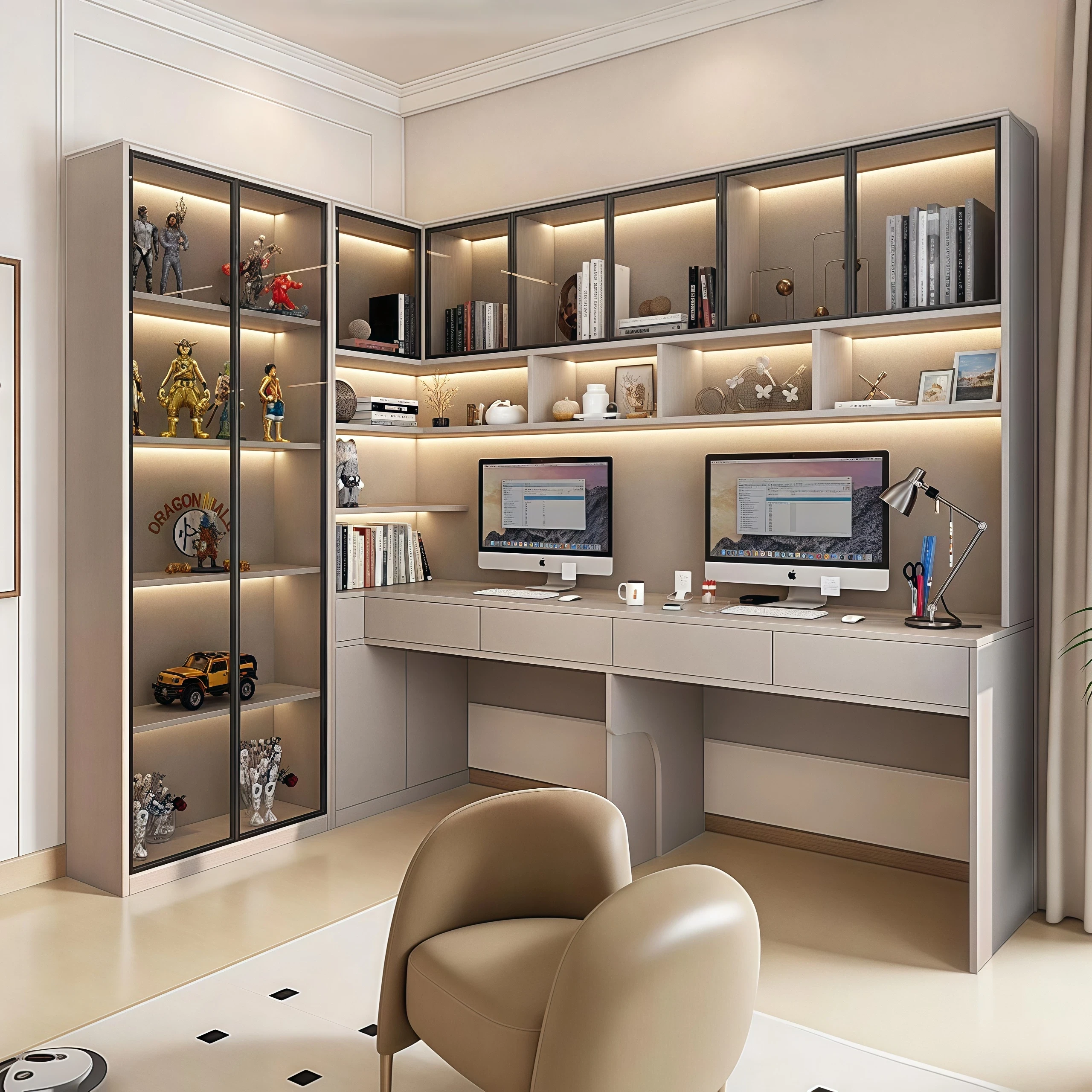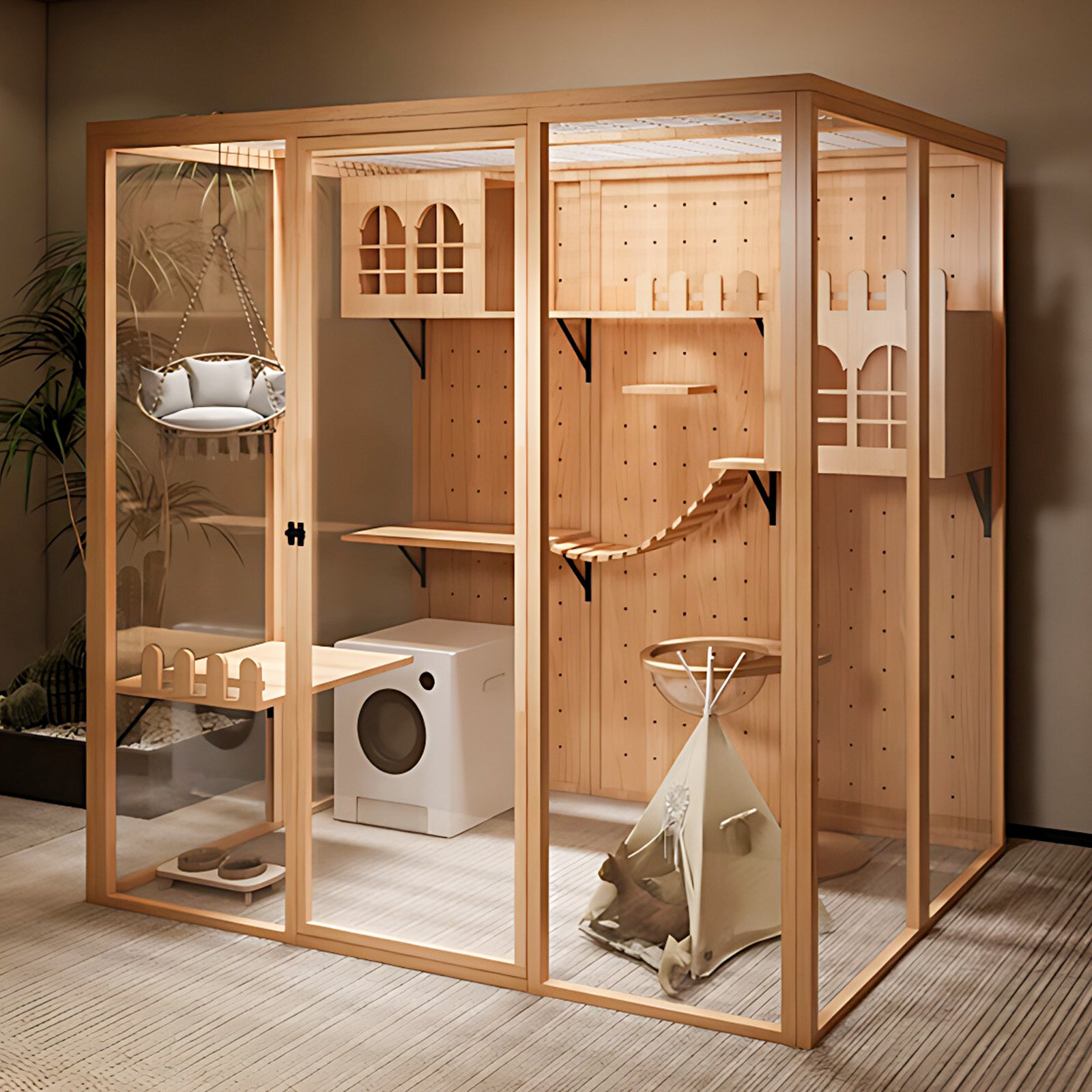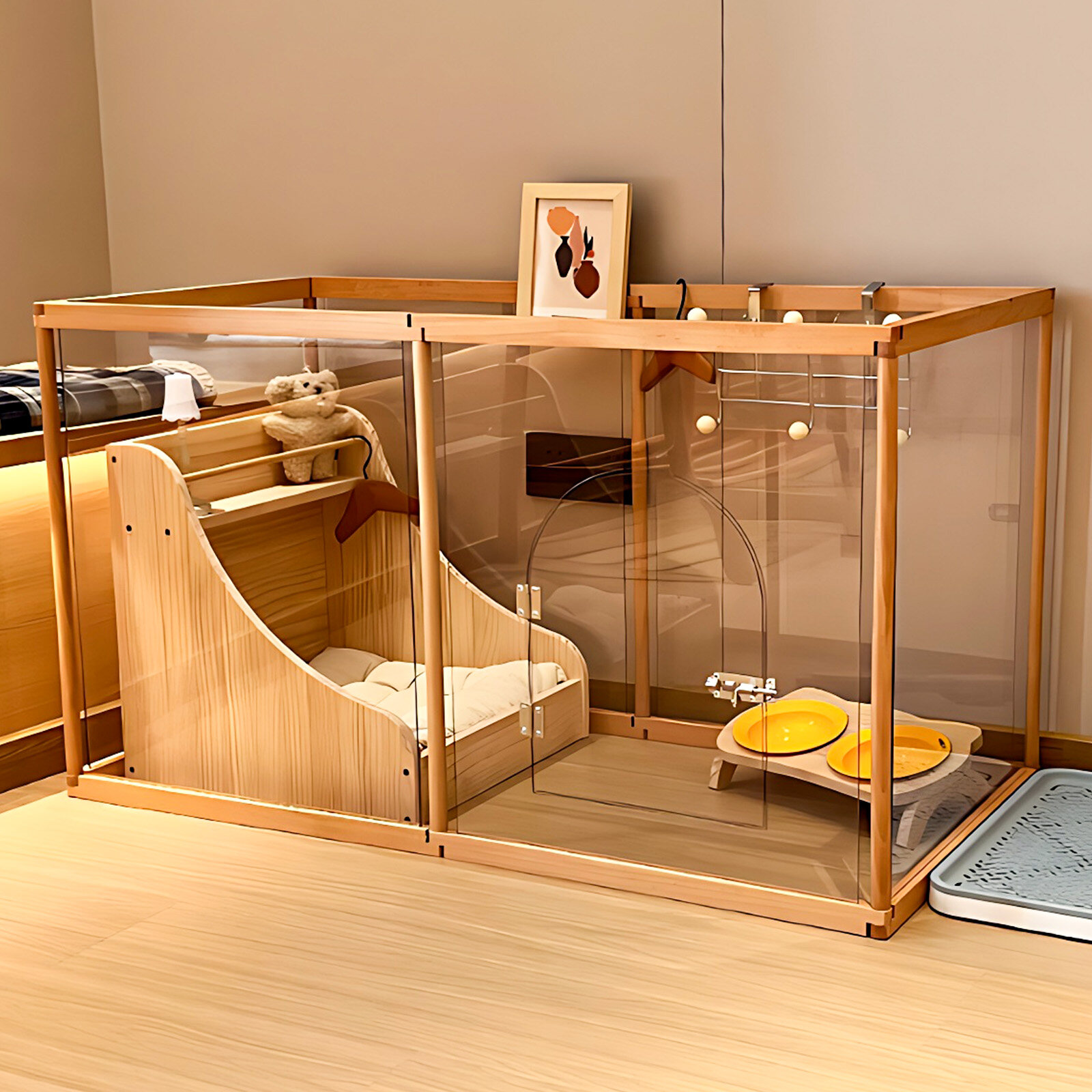Wardrobes are incredibly important in daily life, as Carrie Bradshaw famously said in Sex and the City: "I like to hang all my money on hangers."
But when the seasons change, you always feel like you don't have enough clothes. Perhaps it's not that you don't have enough clothes, but rather that you haven't chosen the right wardrobe. Without further ado, let's see how to find the most suitable wardrobe!
Part One:
Open vs. Built-in Wardrobes: How to Choose
1. Open Wardrobes
An open wardrobe is a wardrobe without doors. When you think of open wardrobes, you might picture the wardrobes in fashion bloggers' homes. (Sorry, no picture)
But for the average person, an open wardrobe probably looks something like this.
Compared to closed wardrobes, open wardrobes require a higher level of cleanliness in the home. They must be kept tidy at all times. Otherwise, without the cover of curtains, and if the storage isn't organized neatly, it can easily become a "messy room."
Clothing fabrics easily attract dust, especially in smoggy weather. Open wardrobes are more prone to dust accumulation on clothes and the wardrobe itself, making cleaning a hassle.
Because there are no doors, clothes inside are easily susceptible to dampness. In daily life, while paying attention to moisture prevention, it's also important to avoid insect infestation and mold growth in humid environments, which can shorten the wardrobe's lifespan.
To avoid these problems, it's best to add a curtain to the outside of the wardrobe.
The biggest advantage of this type of wardrobe is that the interior is completely visible, making it easy to organize clothes and see what you want to wear at a glance. Open wardrobes are more suitable for homes with spacious interiors or walk-in closets.
2. Built-in Wardrobes
As the name suggests, built-in wardrobes have the entire cabinet body embedded in the wall. From the outside, only the doors are visible; the cabinet body is not.
Built-in wardrobes have two main advantages: First, the wardrobe body is embedded in the wall, saving space.
Second, they can be custom-made to suit individual needs and the specific layout of the house.
For families with small rooms or many corners who want to make efficient use of space, built-in wardrobes are the best choice.
However, built-in wardrobes need to be recessed into the wall, making them susceptible to moisture and mold. Therefore, for those living in relatively humid environments, it is recommended to choose built-in wardrobes with metal frames or metal/panel frames.
II.
Points to Note When Customizing a Wardrobe for the Bedroom
1. Wardrobe Internal Layout
① Use Adjustable Shelves
Avoid fixed shelves. Choose adjustable shelves so you can adjust the shelf height according to your clothing needs. You'll never have to worry about not having enough space when changing seasons!
② Don't Use Too Many Shelves
Instead of designing more shelves for folded clothes, it's better to create space for hanging short clothes.
Hanging clothes are easier to find than folded ones, and taking out folded clothes always messes up neatly arranged garments.
③ Design the Hanging Area Size According to Your Lifestyle
The internal partitioning of the wardrobe should be determined by your family's wearing habits.
If you like hanging clothes, reserve more space for a hanging area.
If you feel that hanging space is too wasteful of room, you can install multiple shelves to create a folding area. Folding areas offer better storage than hanging areas. If you want to store more clothes, create more folding areas.
④ You must have at least 3 drawers.
Custom-made wardrobes usually have drawers added at an extra cost, so many people only get 1-2 drawers to save money.
However, after moving in, they find the drawers are far too useful. They can hold underwear, socks, and important documents, and 1-2 custom-made drawers are simply not enough.
2. Wardrobe Layout and Dimensions
Suggested Dimensions:
Gap between hanging rod and top: 4-6cm
Bedding area height: 40-50cm
Upper garment area height: 1-1.2m
Long garment area height: 1.4-1.7m
Pants rack height: 8-10cm
Drawer width: 40-80cm
Height: 20-25cm
Stacking area height: 35-50cm
3. Wardrobe Exterior Design
① Wardrobe to the ceiling
Customized wardrobes should reach the ceiling. This looks aesthetically pleasing, prevents dust accumulation on the top, and maximizes space utilization.
② Wardrobe Style
The wardrobe's color scheme can be chosen based on the overall style of the room. For example, a Chinese style can be chosen in reddish-brown, a Japanese style in natural wood color, and a European style in white.
III.
Multifunctional Combination Wardrobe
Besides clothing storage, wardrobes can be integrated with other wooden furniture in the bedroom. Multifunctional combinations not only meet diverse needs in a compact space and improve space utilization but also create a more unified and aesthetically pleasing bedroom style.
1. Wardrobe + Mirror
Wardrobes already take up a lot of space, and adding a mirror makes the room even more cramped. Therefore, combining a mirror with the wardrobe door is a win-win solution.
A mirror can be installed on the outside of the wardrobe door, serving as both a door and a mirror.
If you don't want the mirror to be visible, it can be hidden inside the wardrobe door.
2. Wardrobe + TV
Hiding the TV inside the wardrobe saves a lot of space and looks very aesthetically pleasing. If placed in a sealed wardrobe, it also prevents the TV from accumulating dust.
3. Wardrobe + Dressing Table
Many people buy their dressing tables separately, which can easily lead to mismatched styles and requires a separate space. A wardrobe + dressing table integrated design completely solves these problems, and the workflow between choosing clothes and getting ready is shorter and more efficient.
4. Wardrobe + Desk
Sometimes there's an empty space next to the wardrobe that can't accommodate other furniture. In this case, a custom-made desk can be placed next to it, making full use of this inconspicuous space.
5. Wardrobe + Bedside Table
A combined wardrobe and bedside table design eliminates the need for a separate bedside table, making it more aesthetically pleasing and saving space.

 USD
USD
 GBP
GBP
 EUR
EUR

